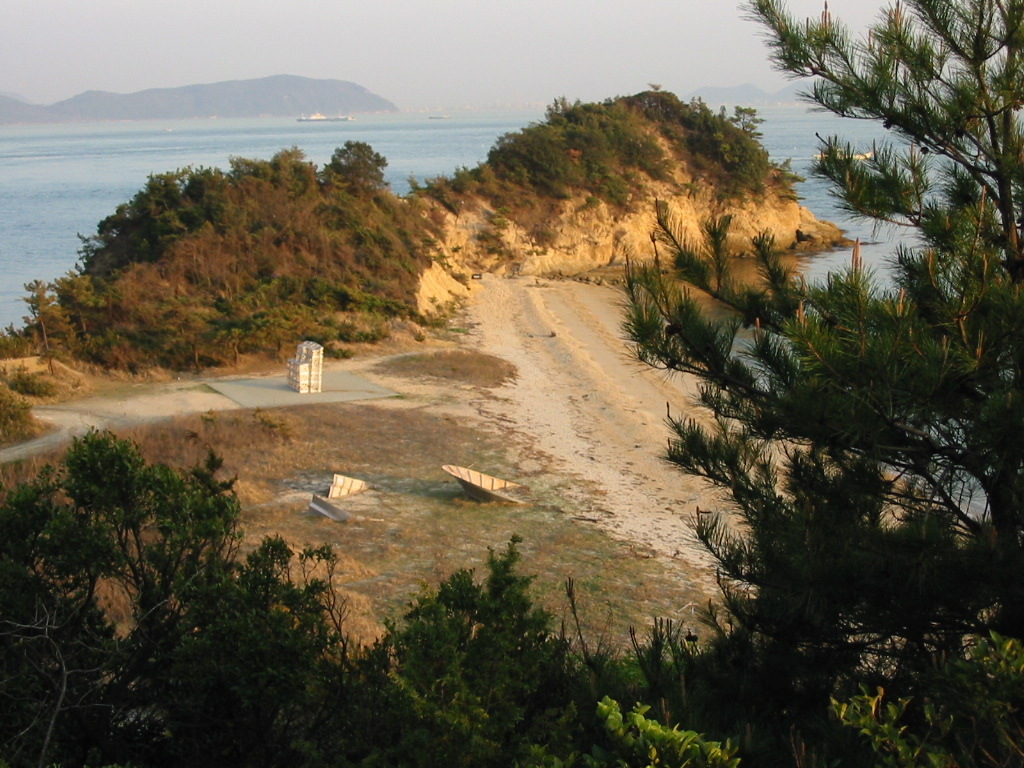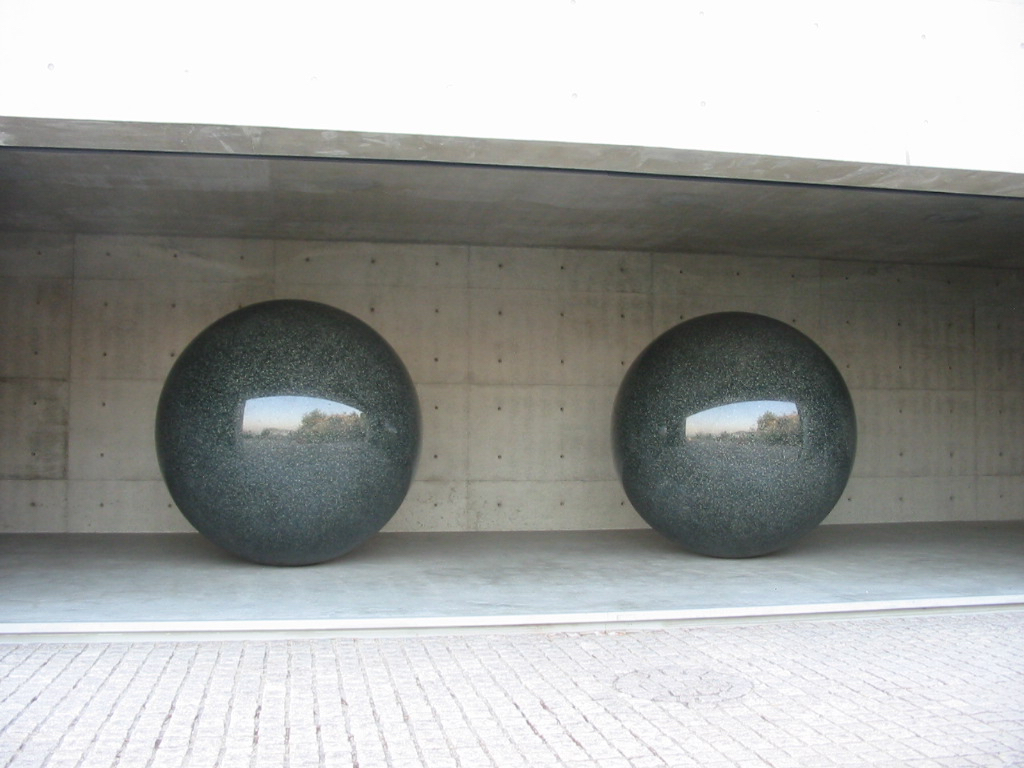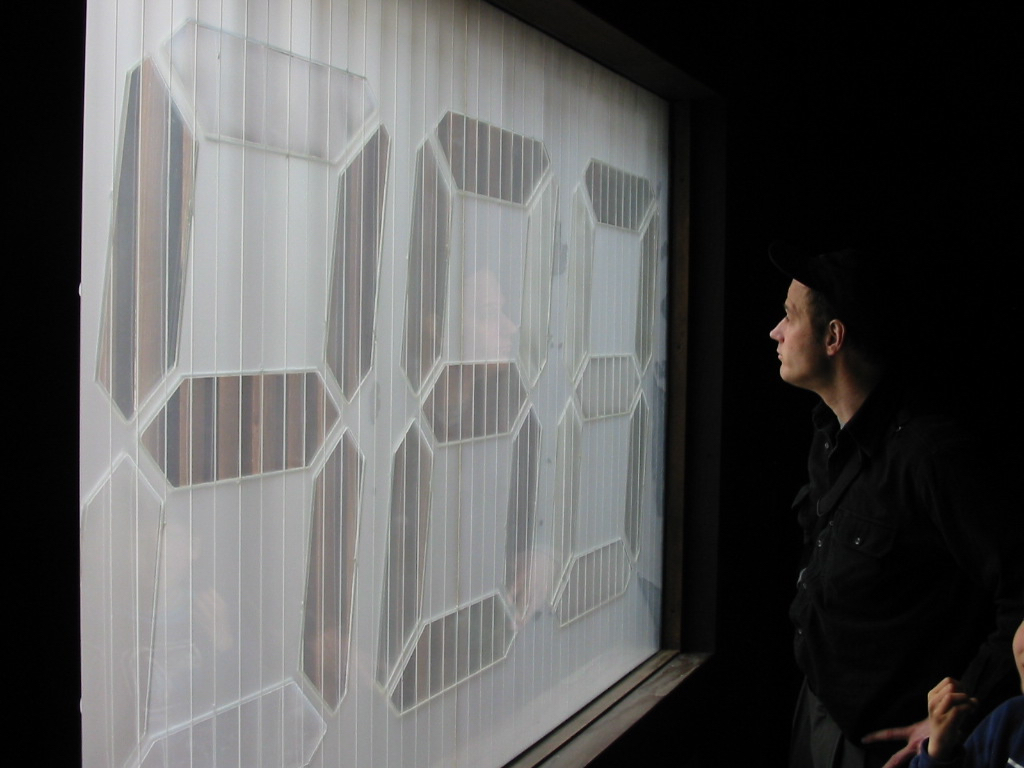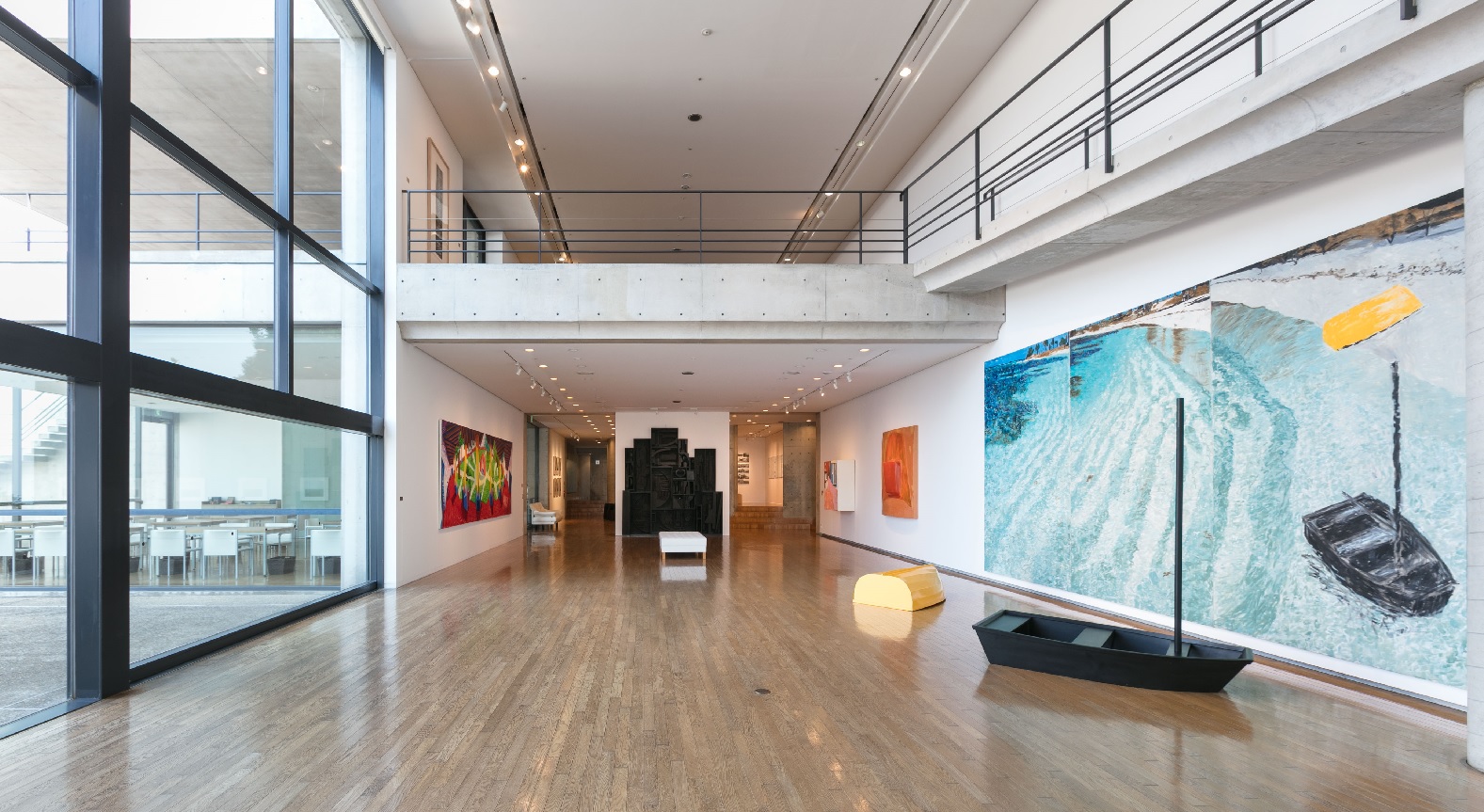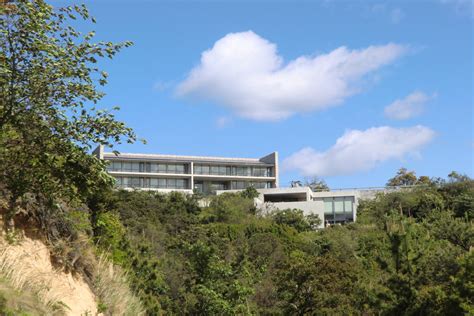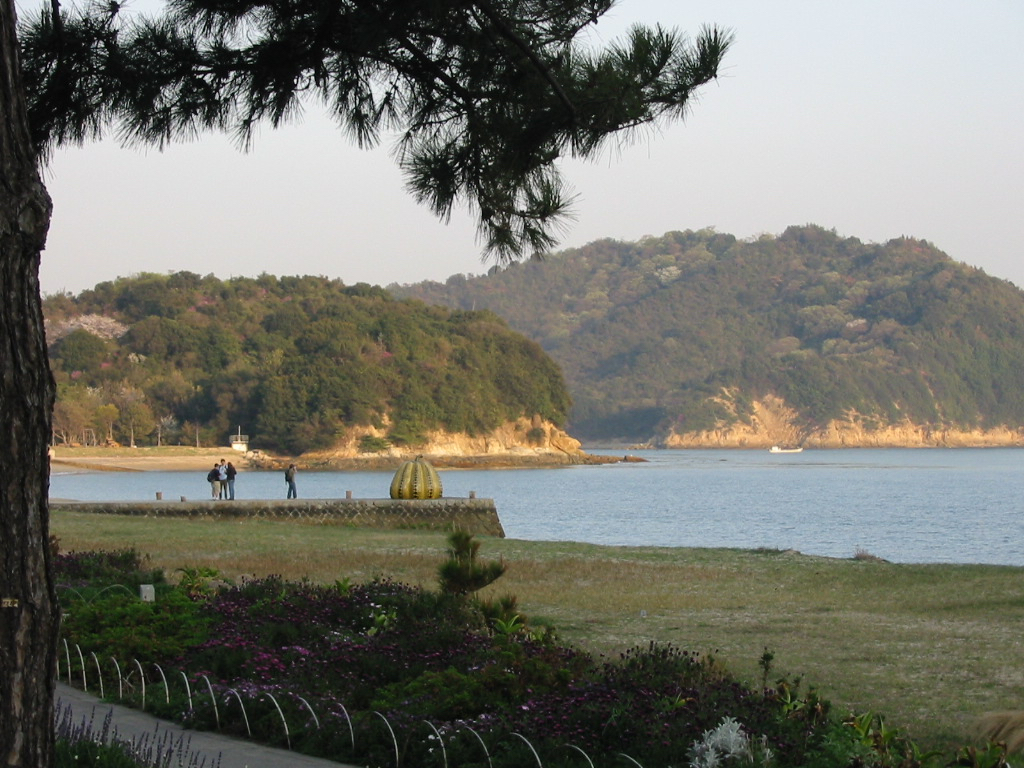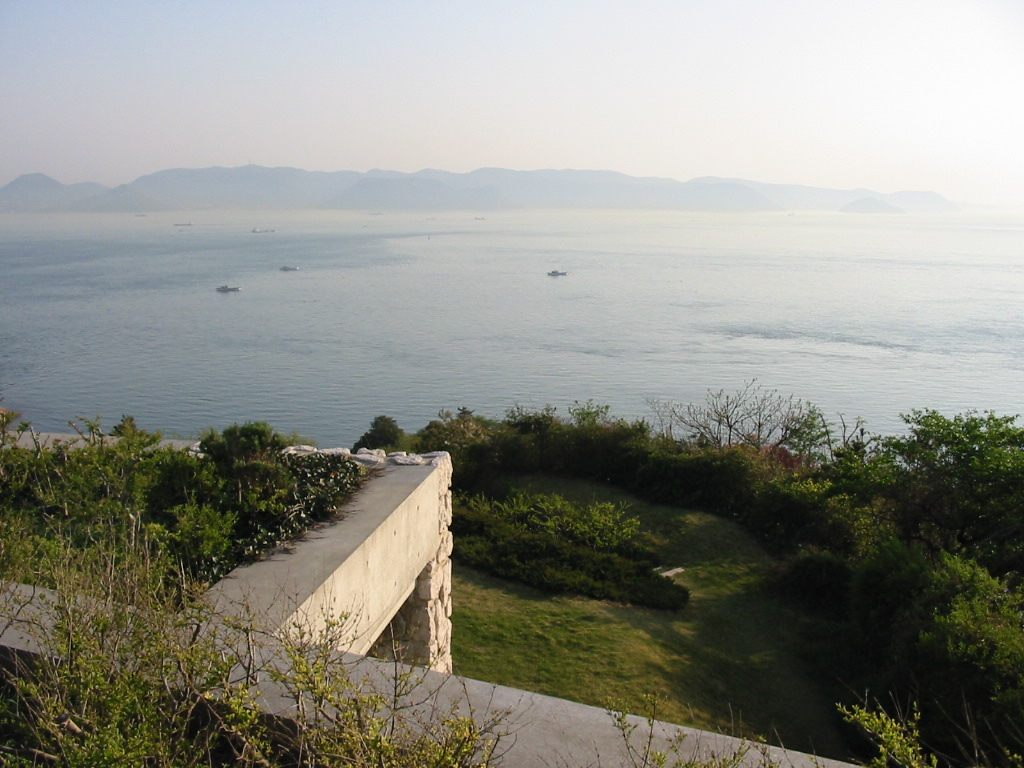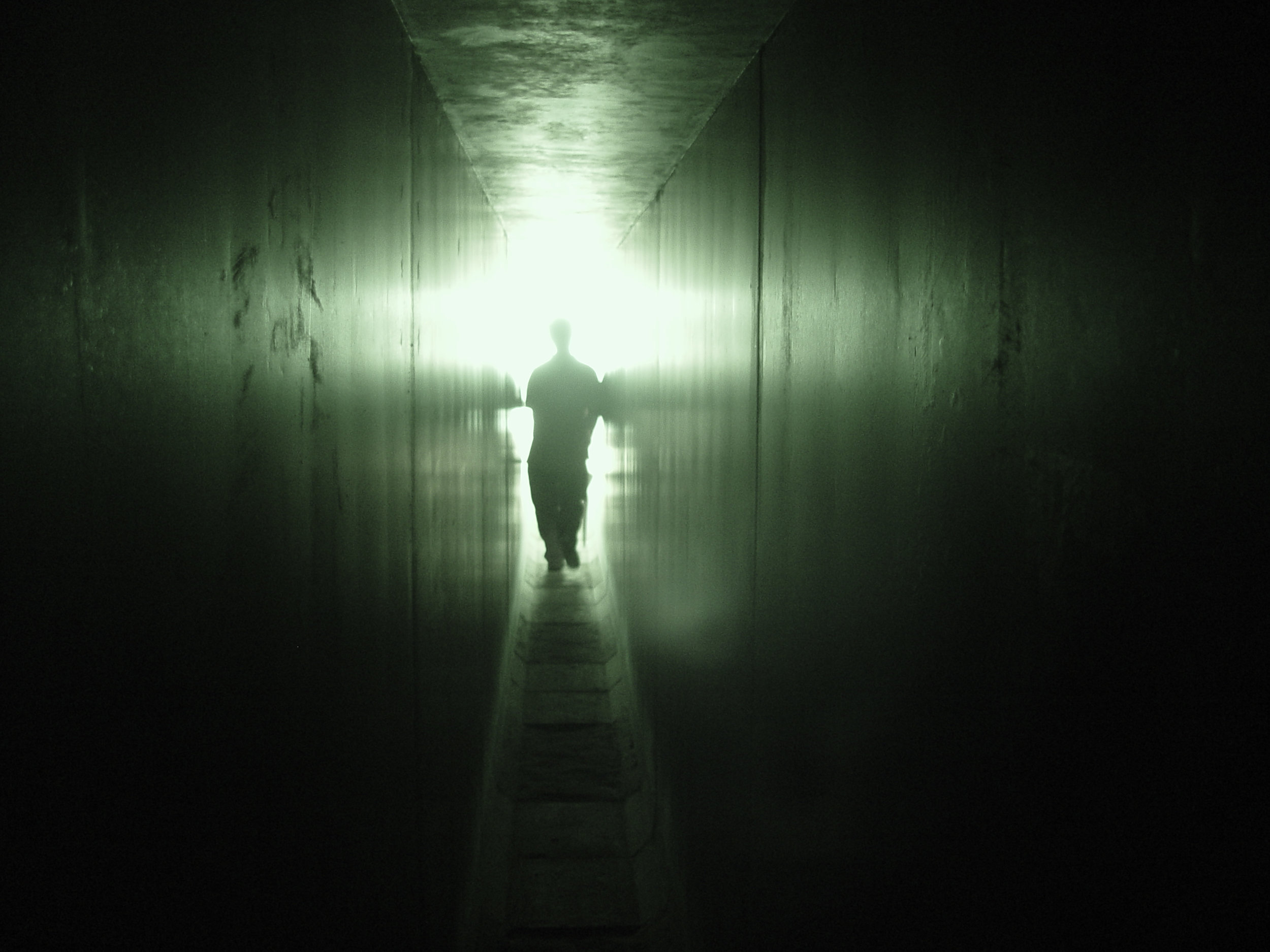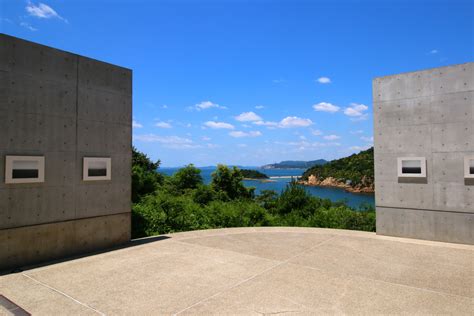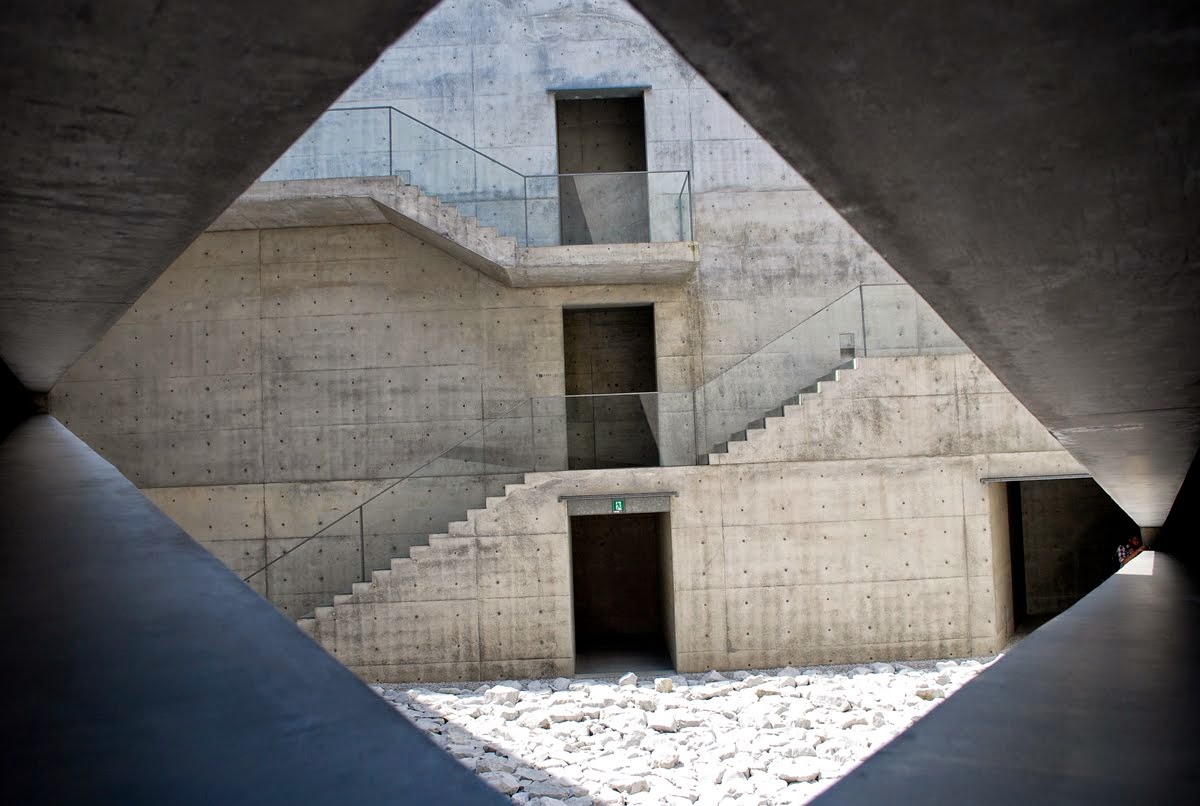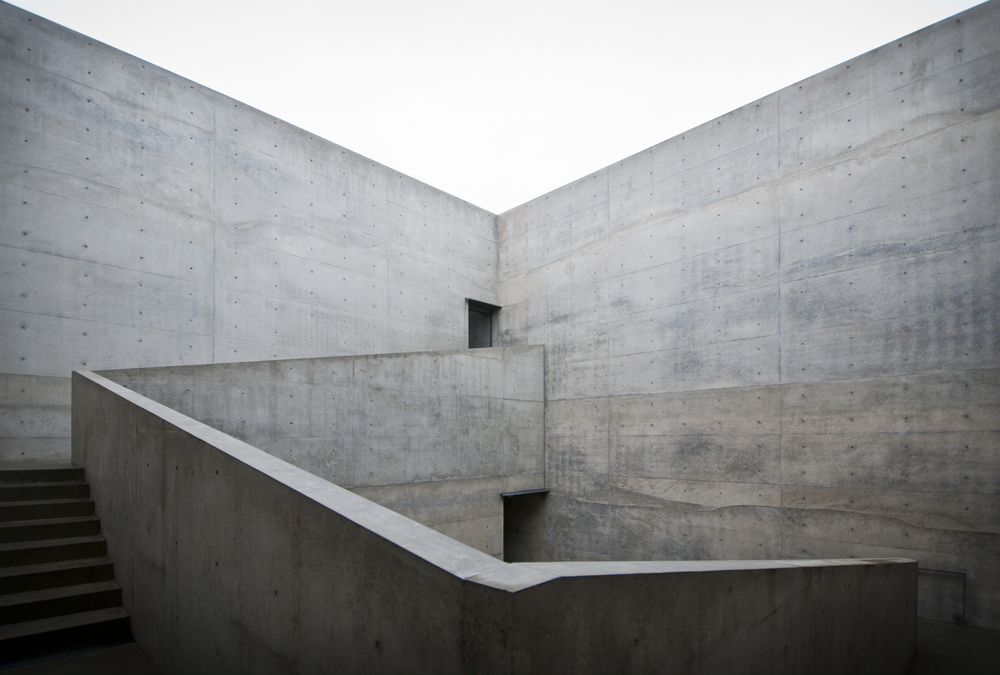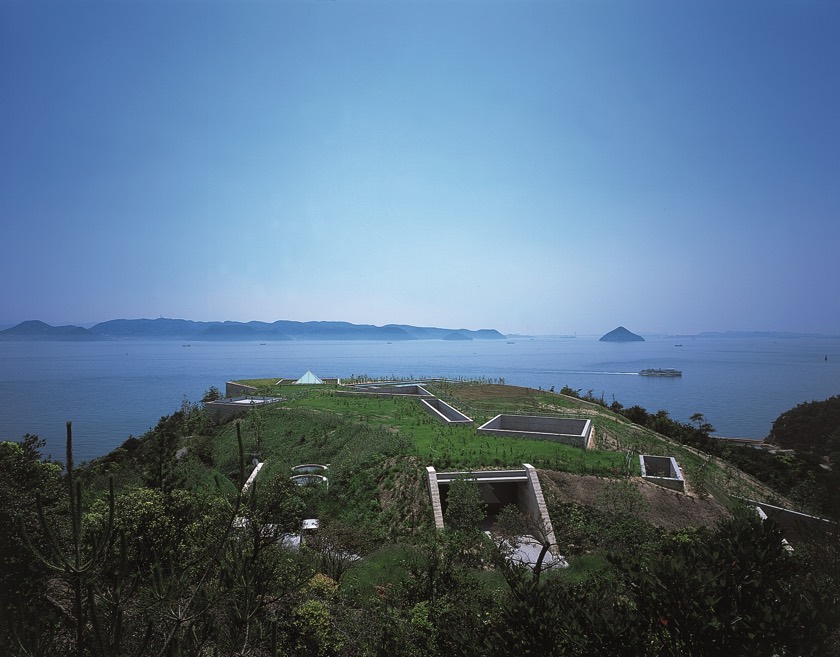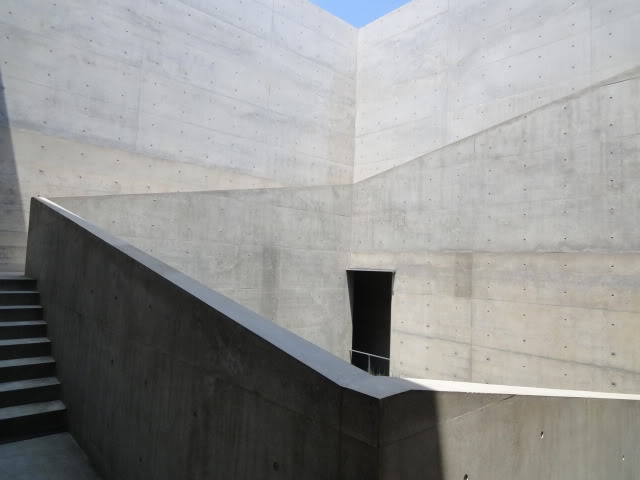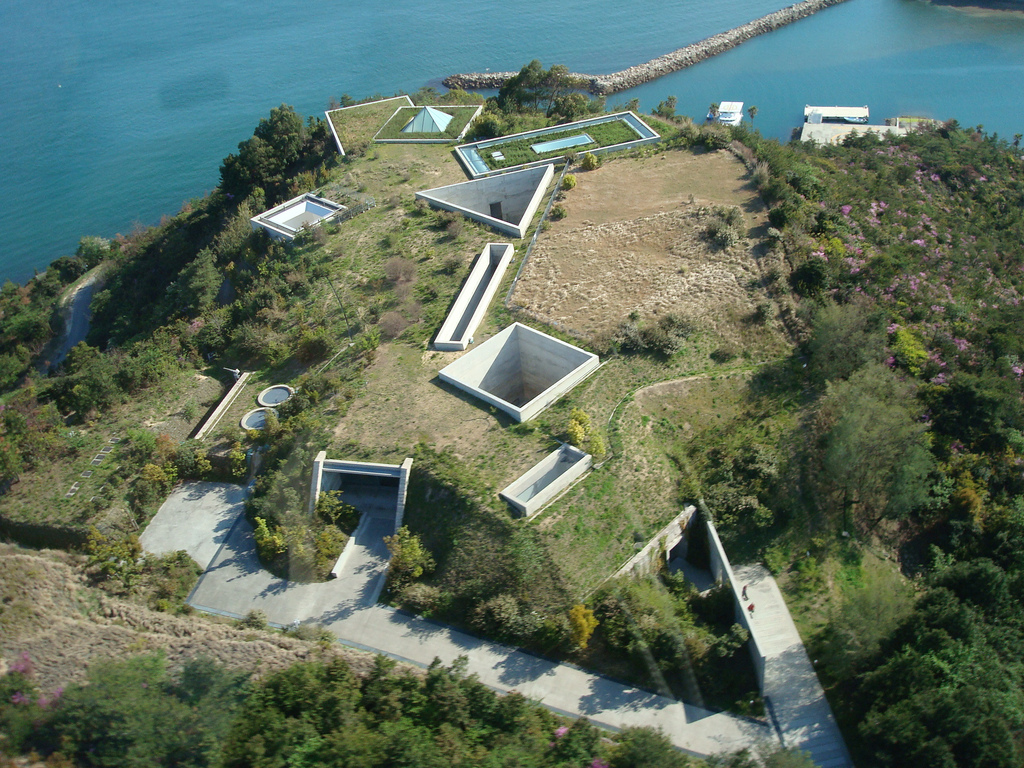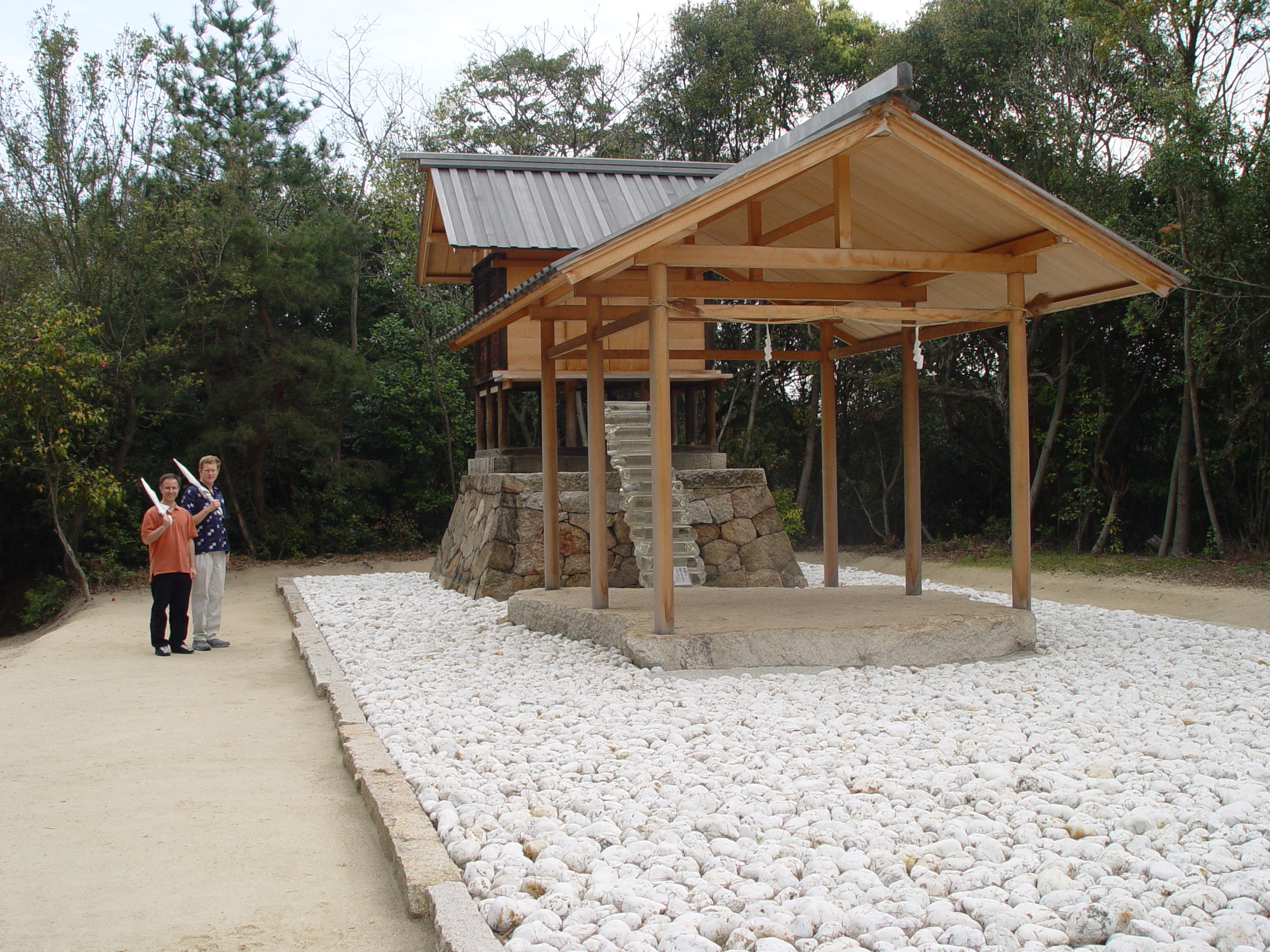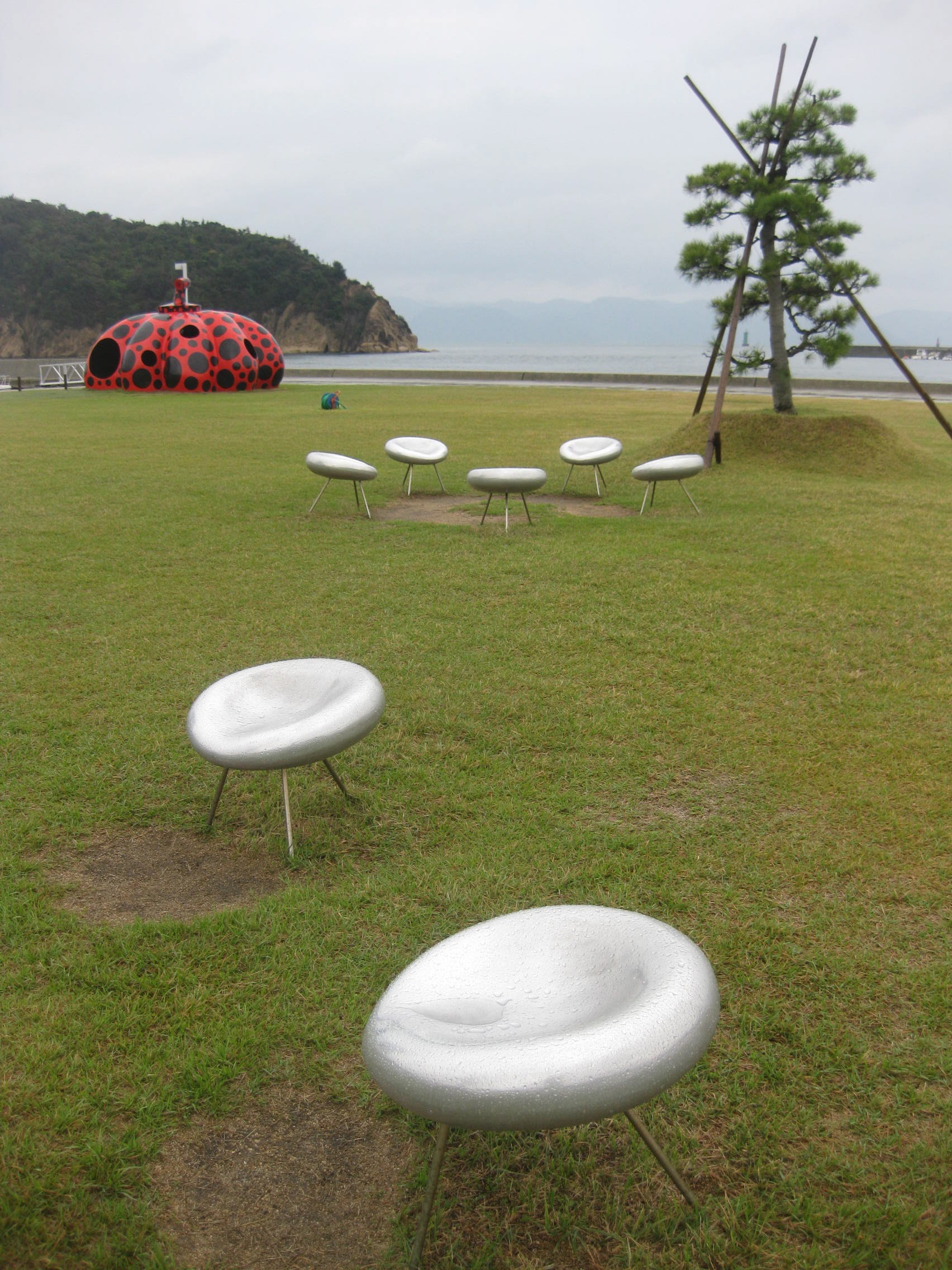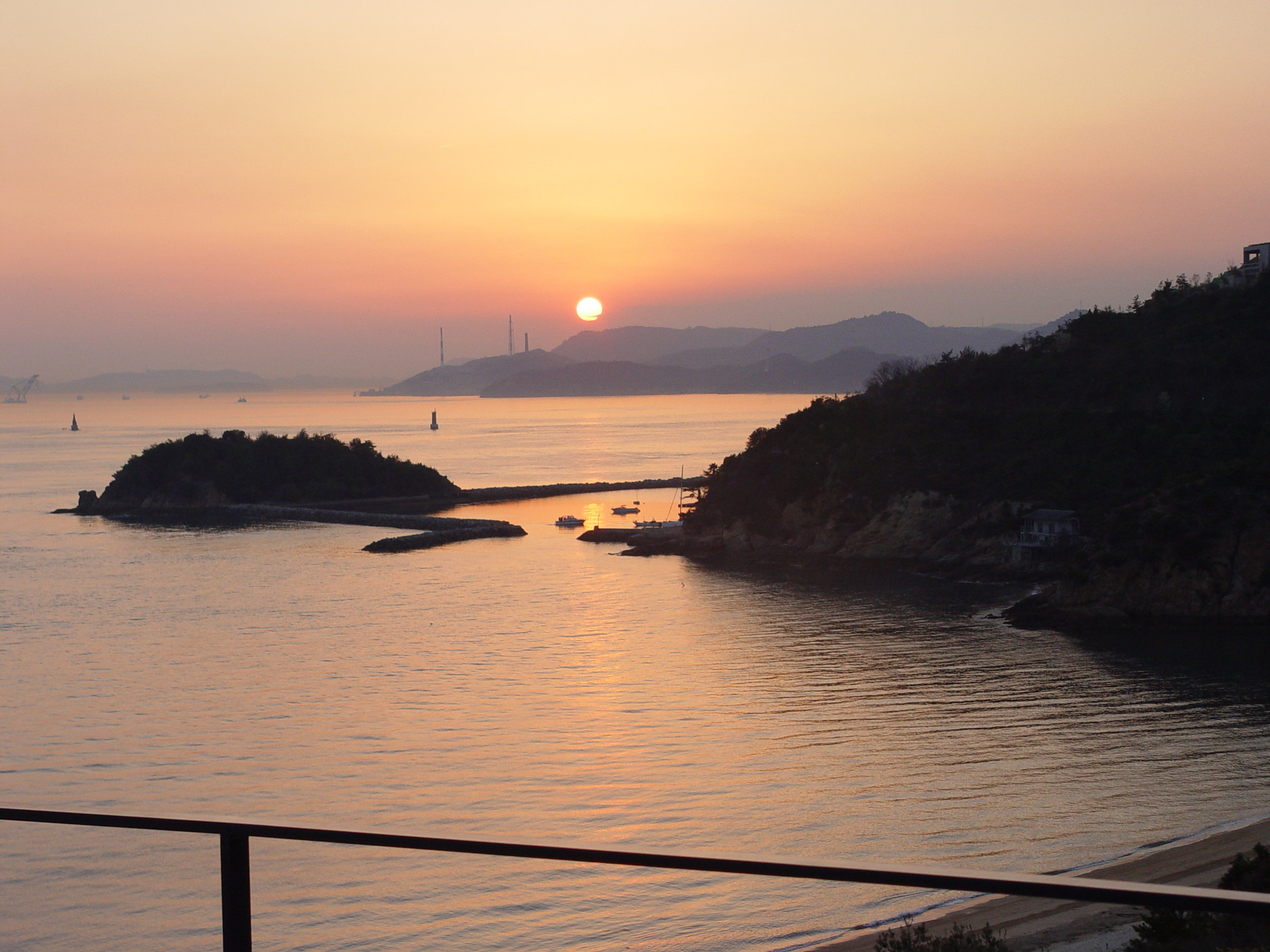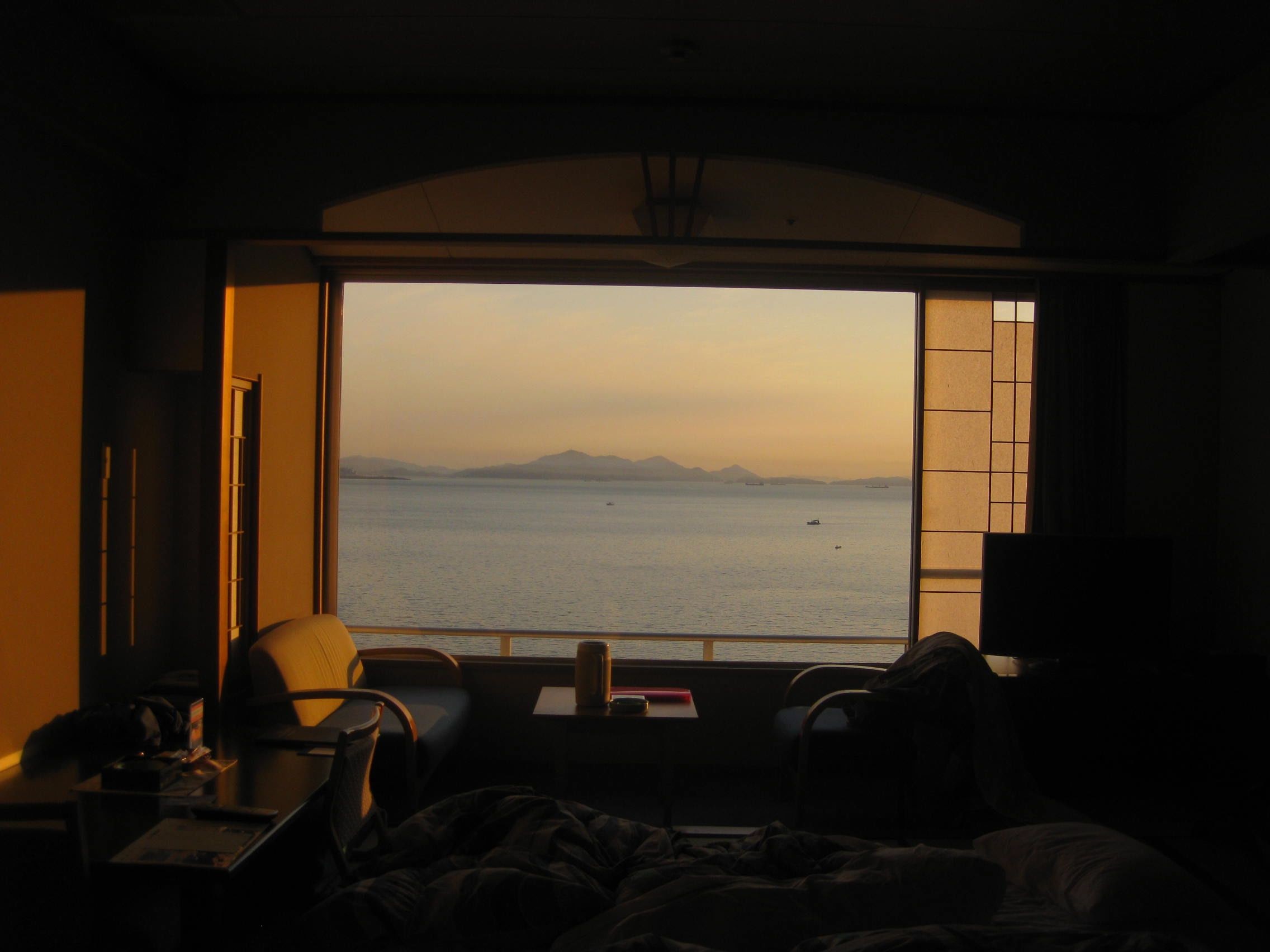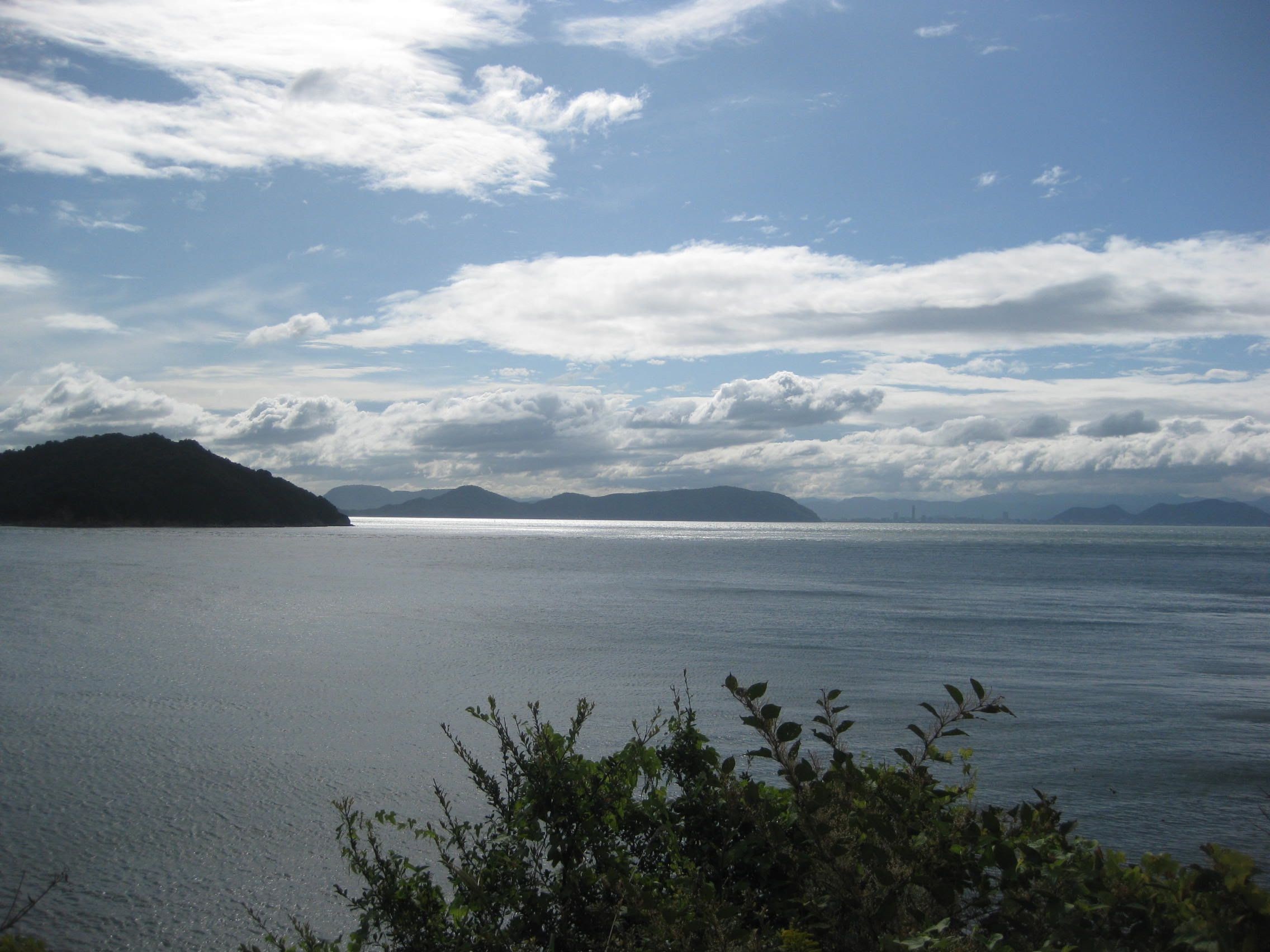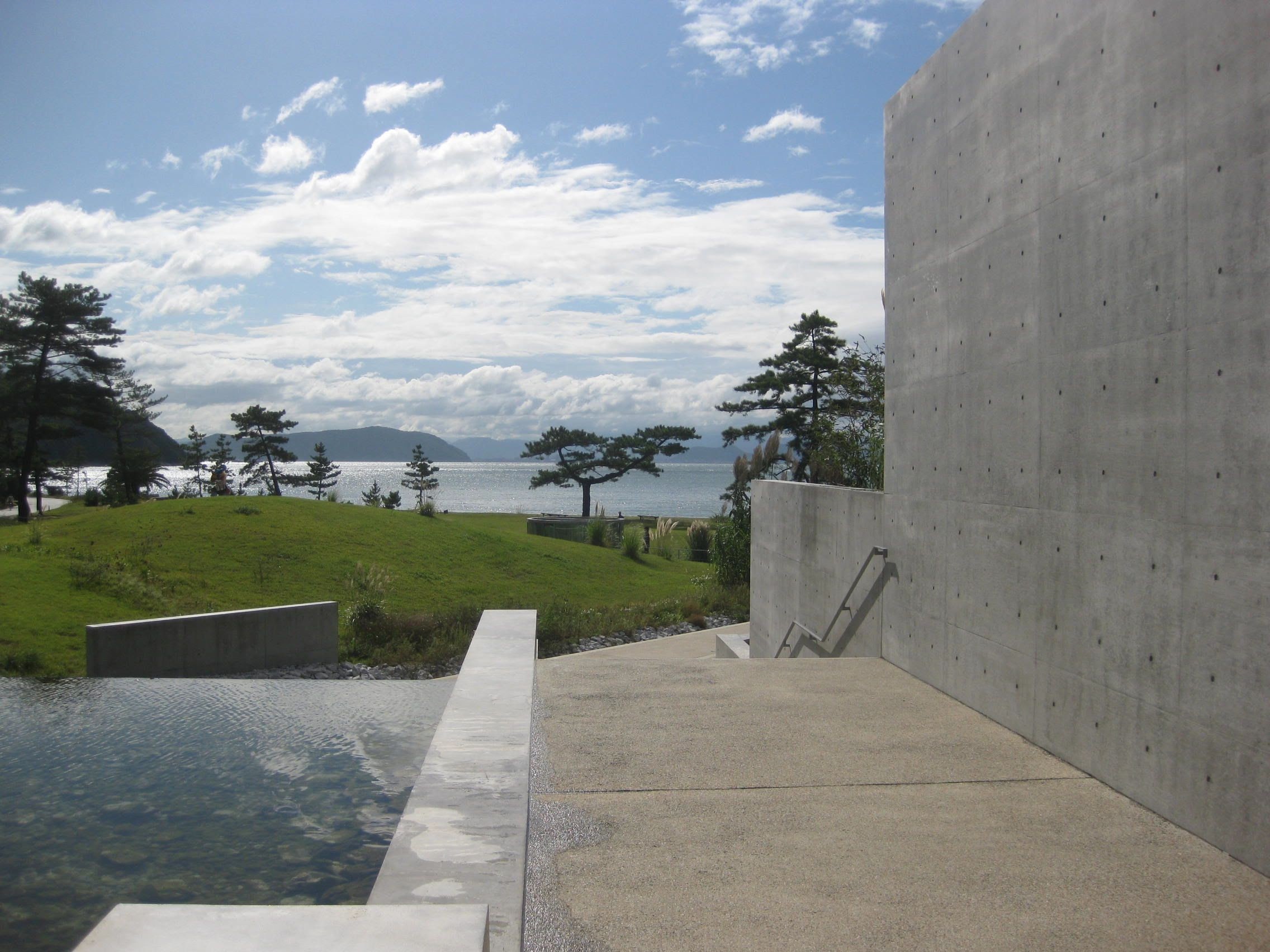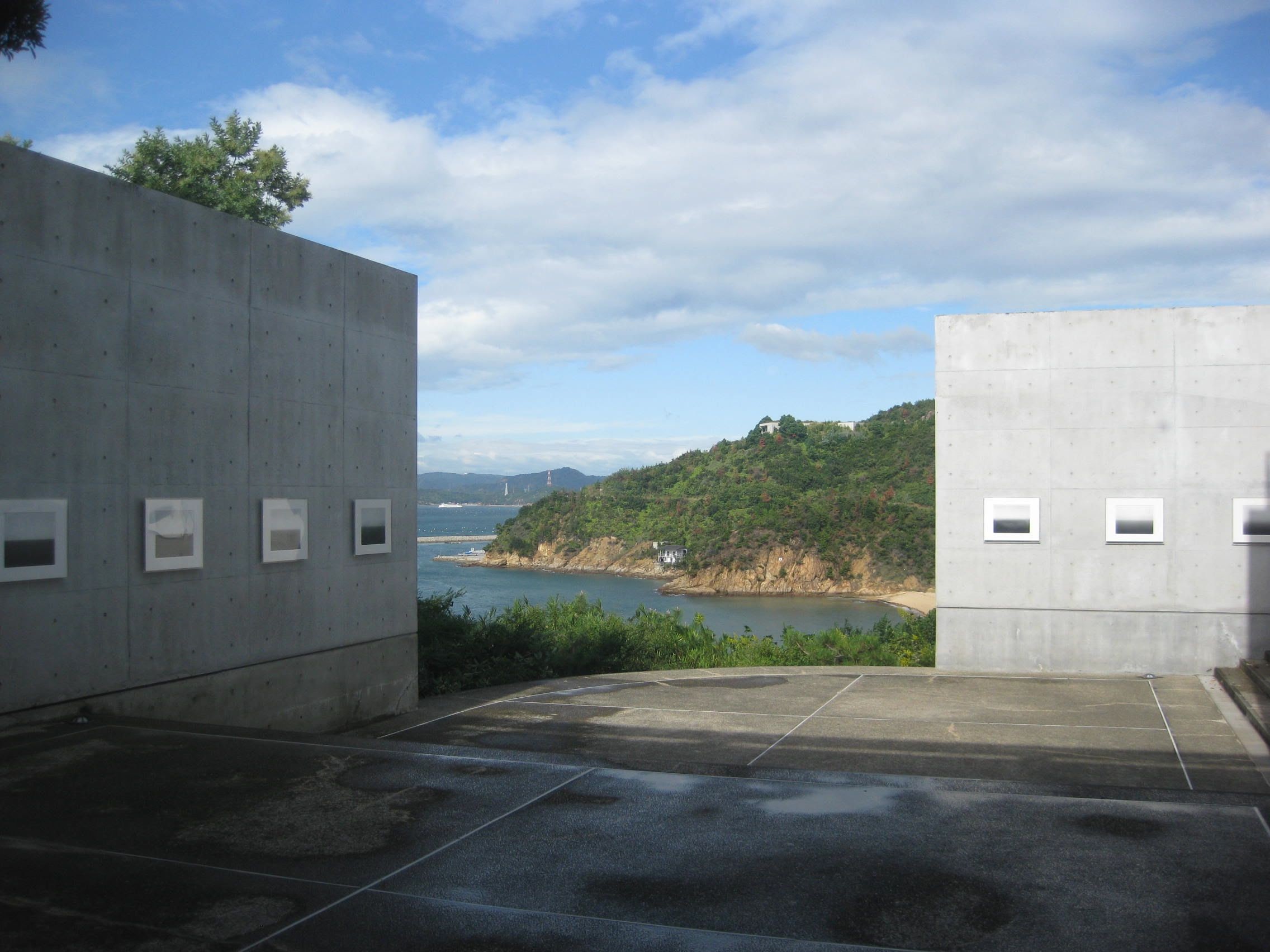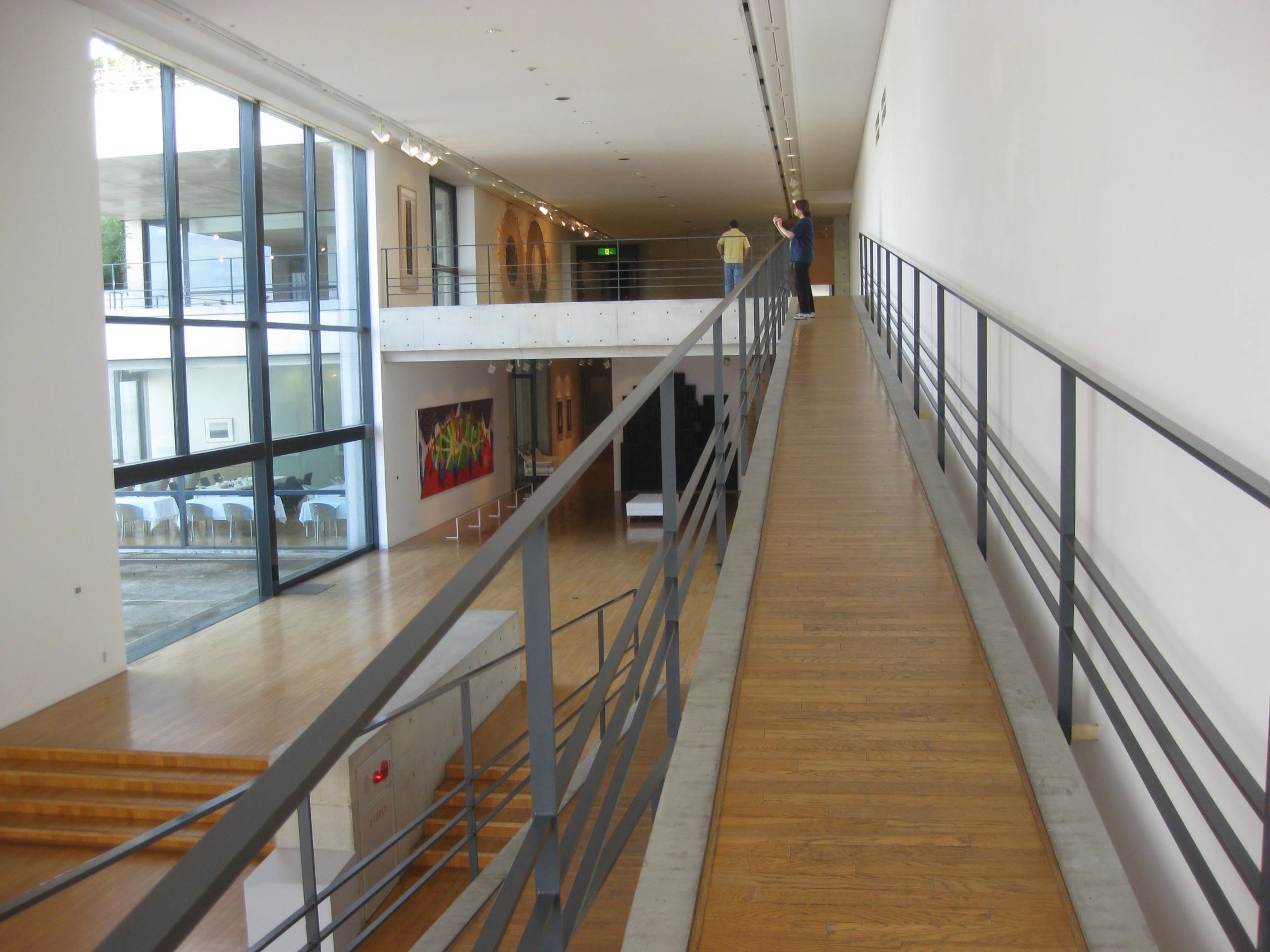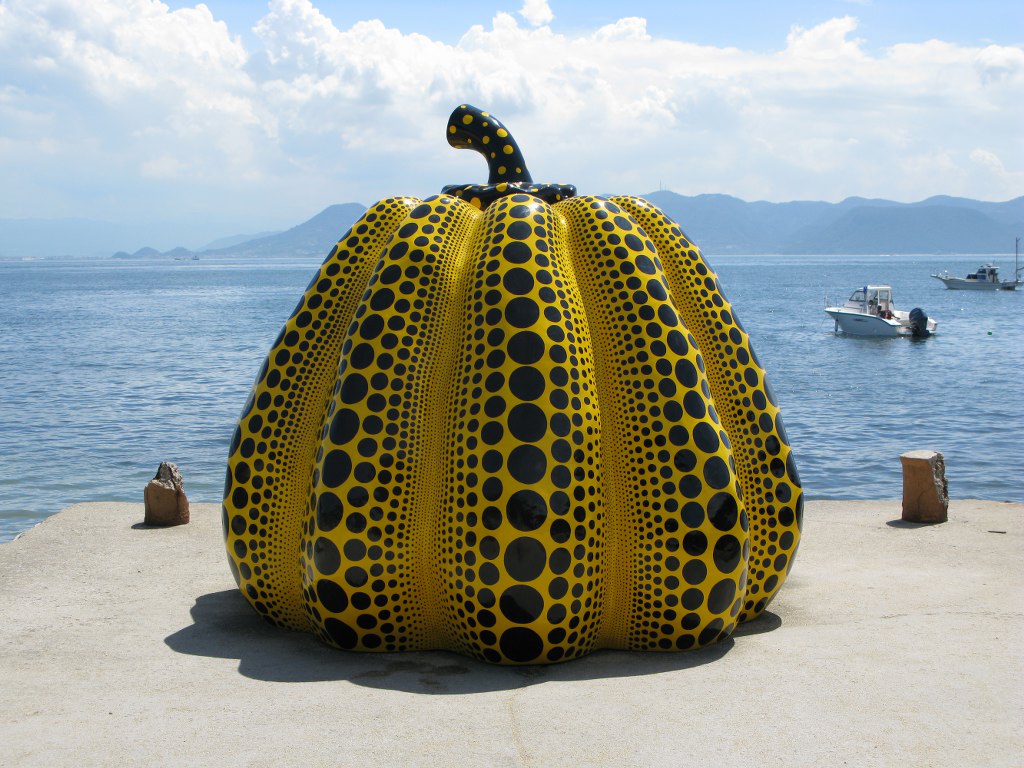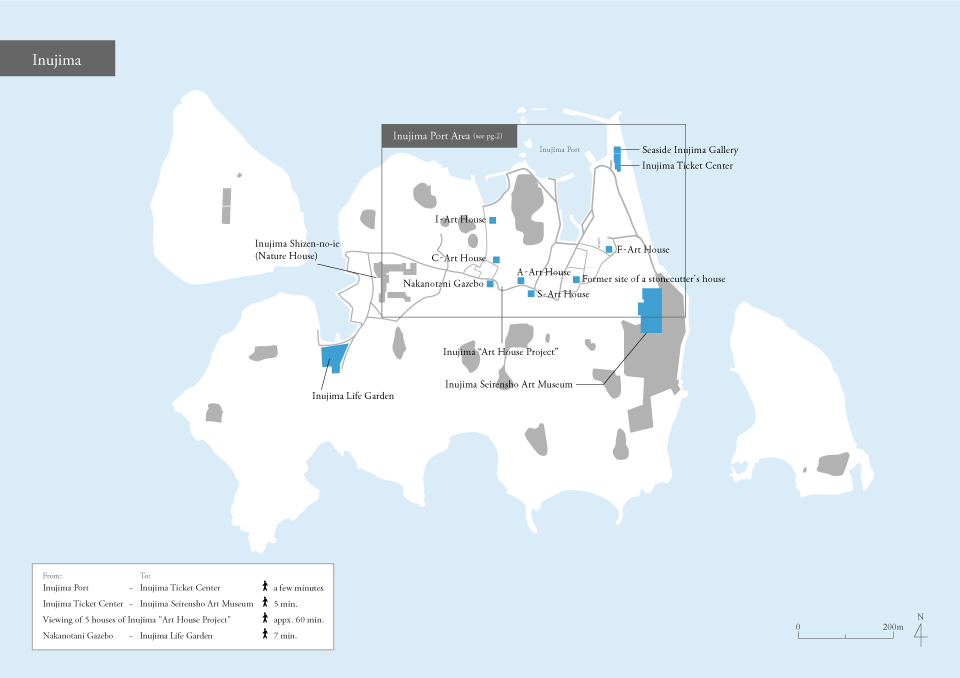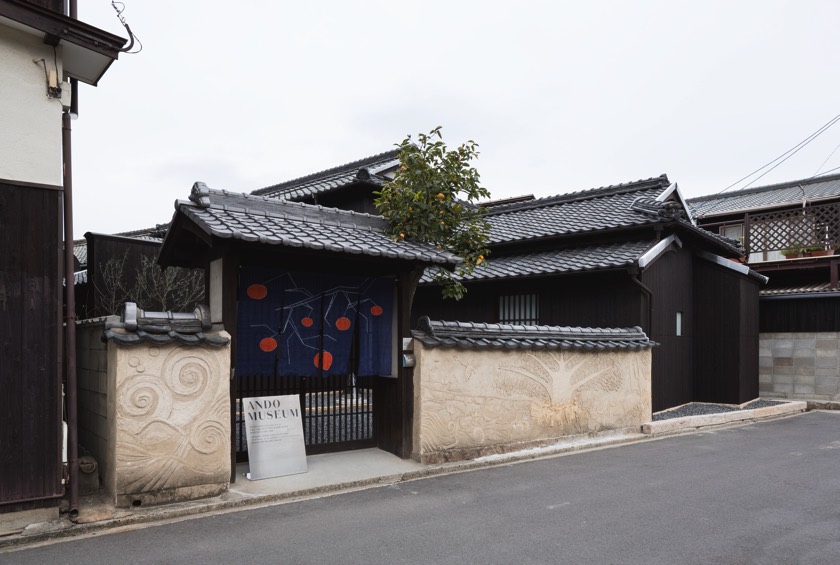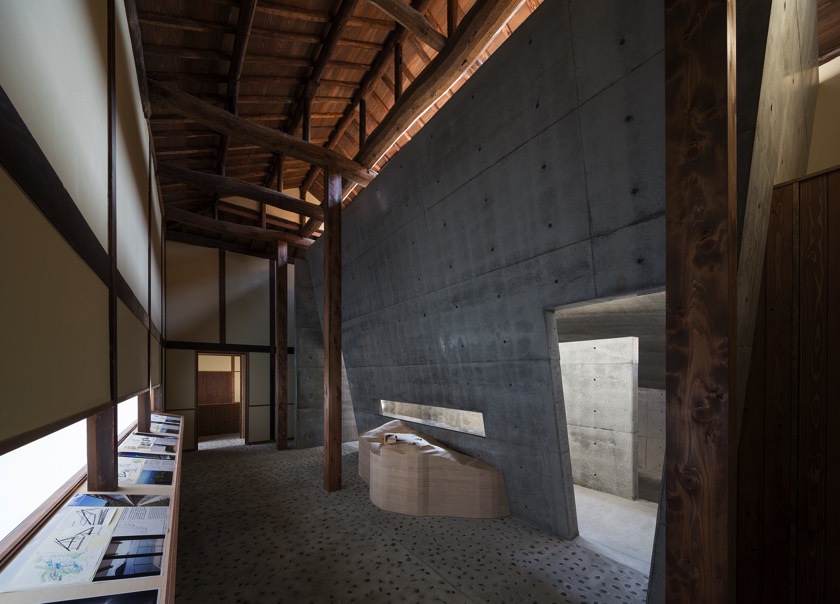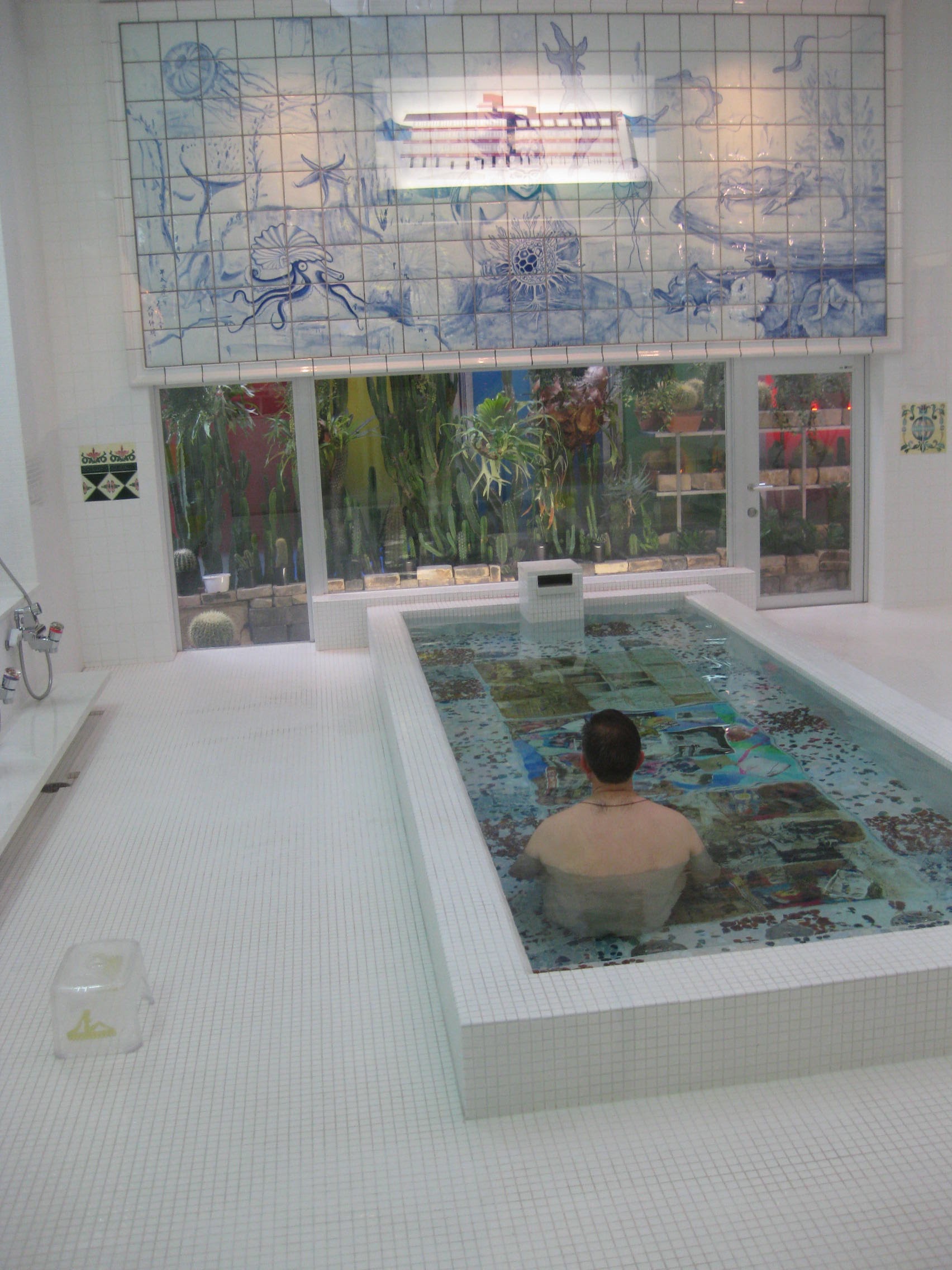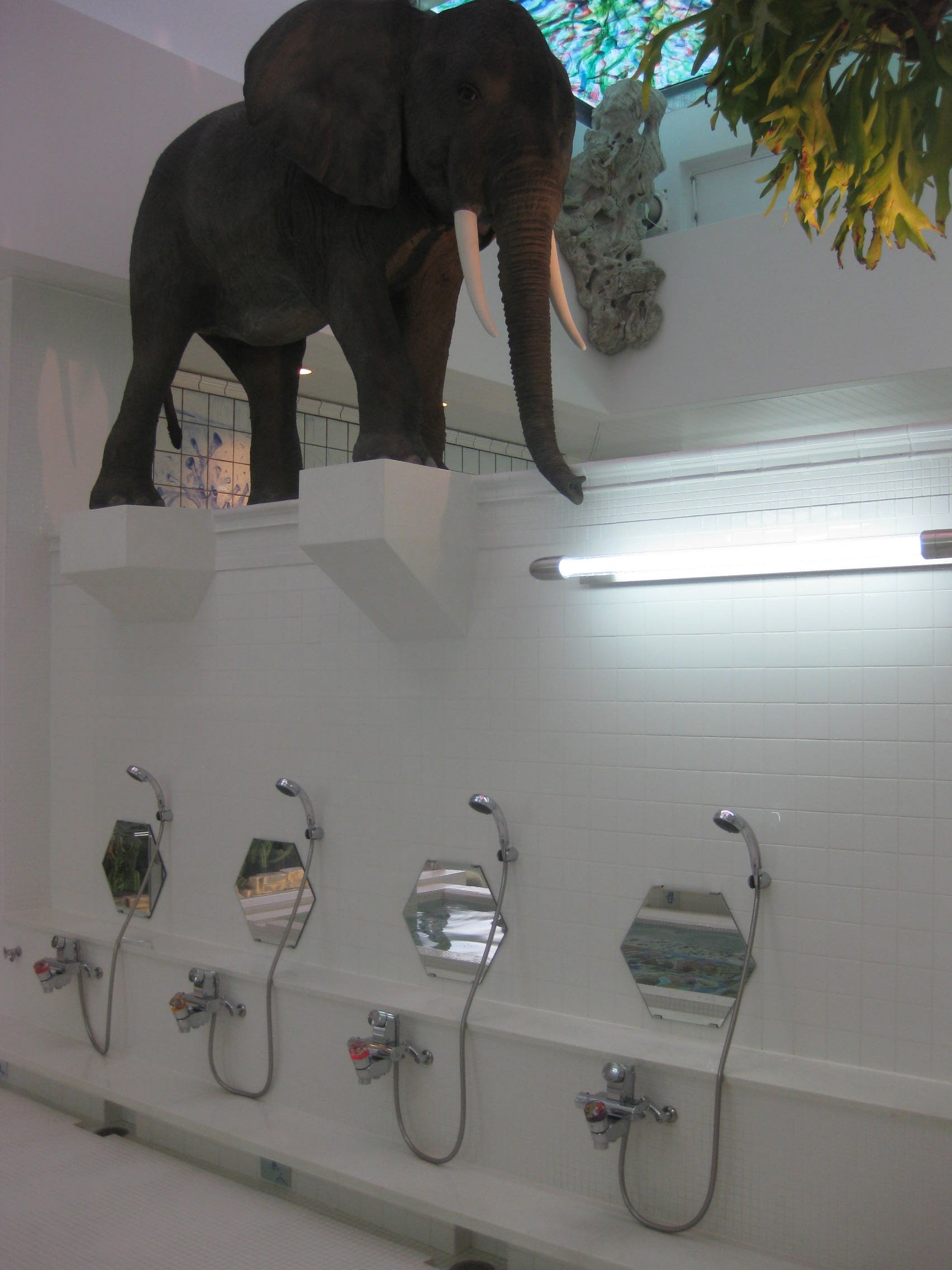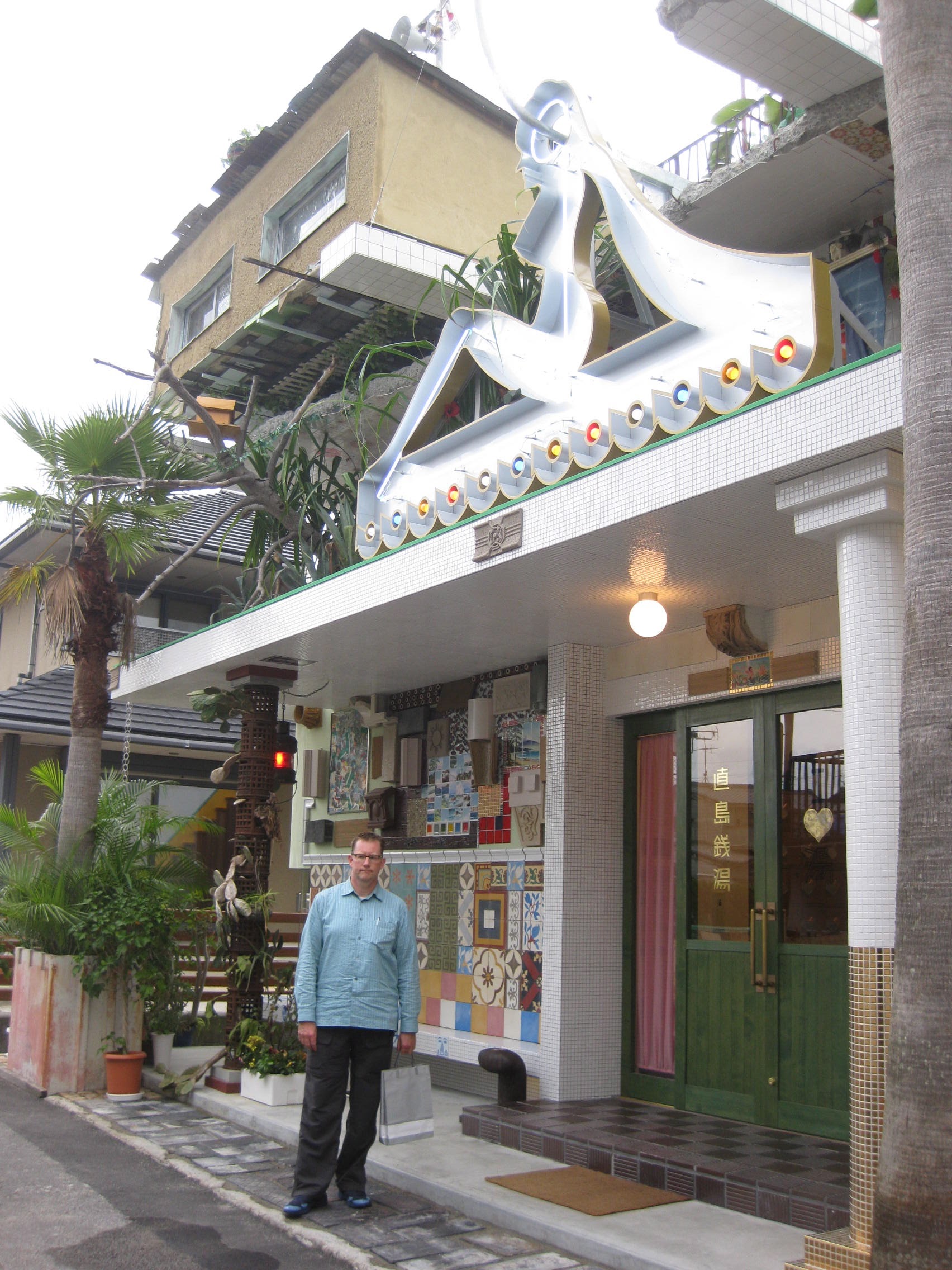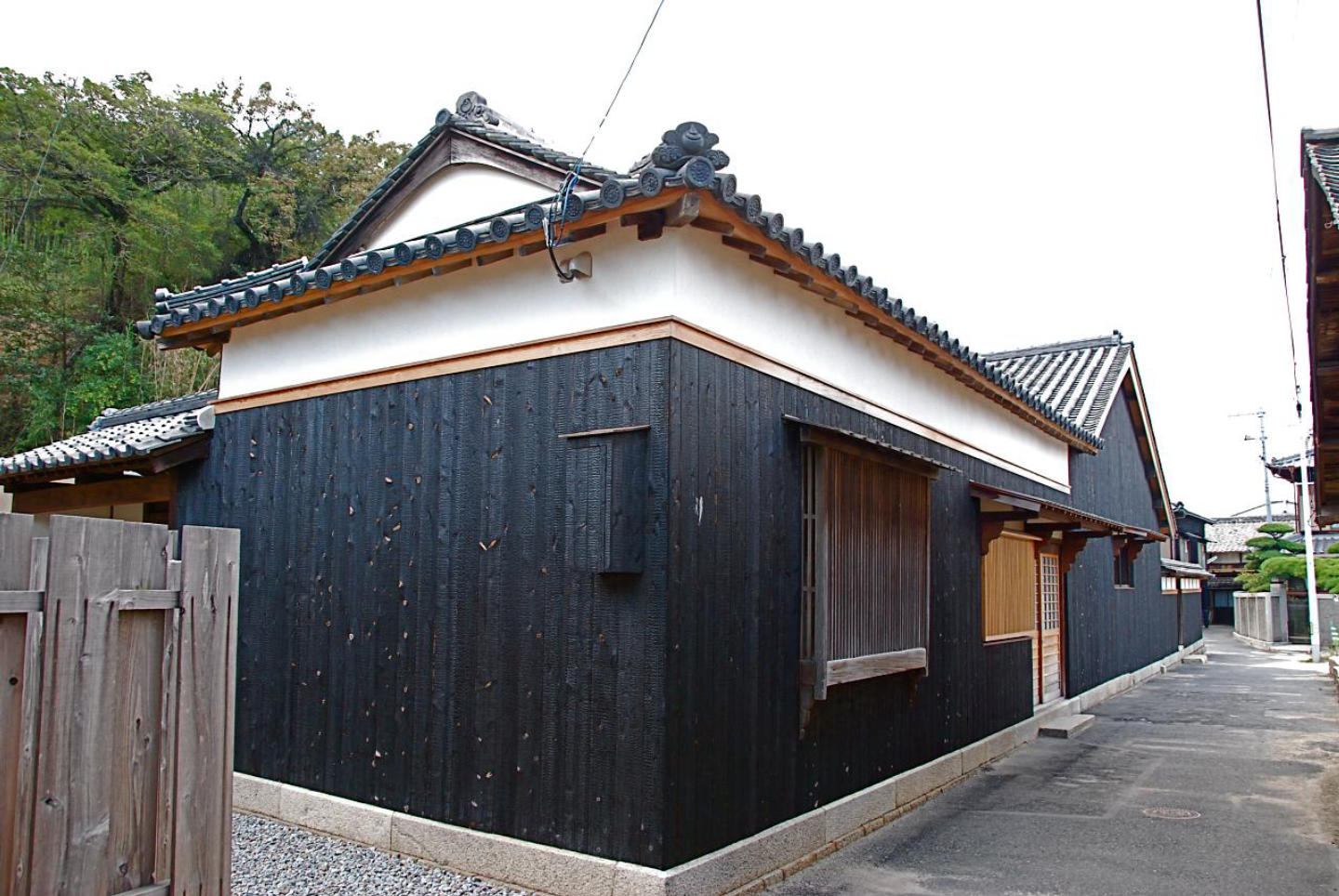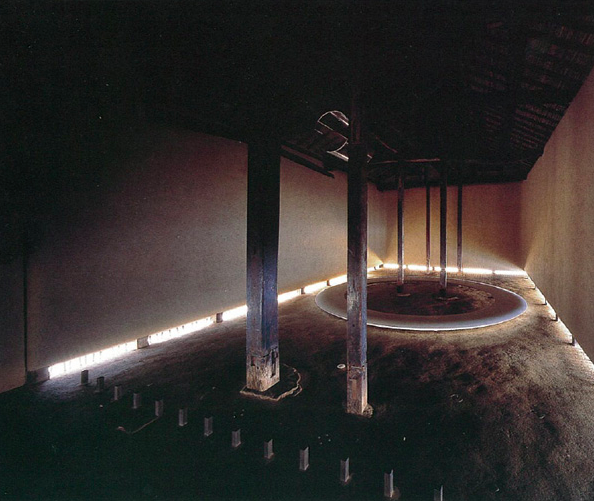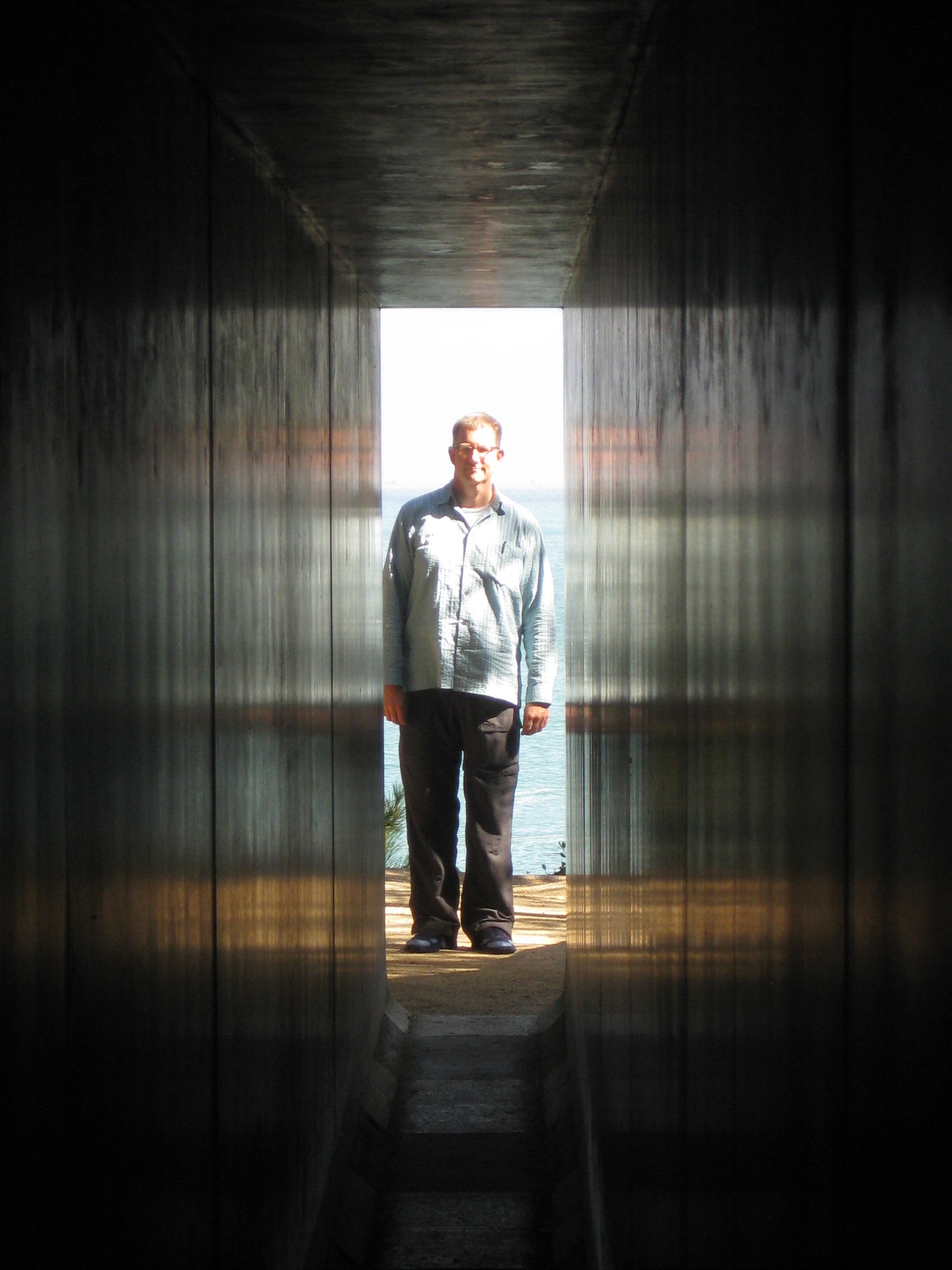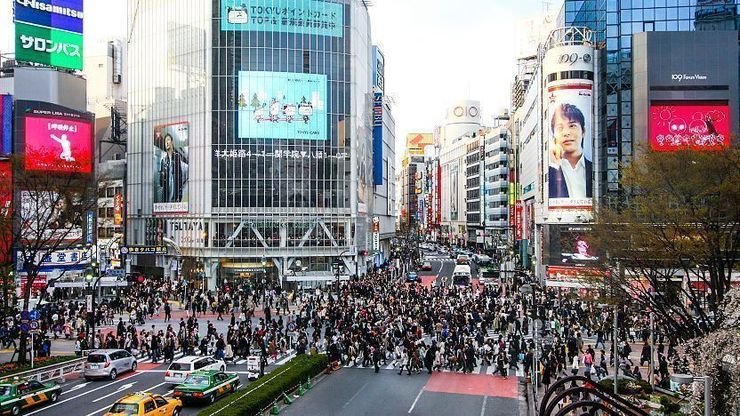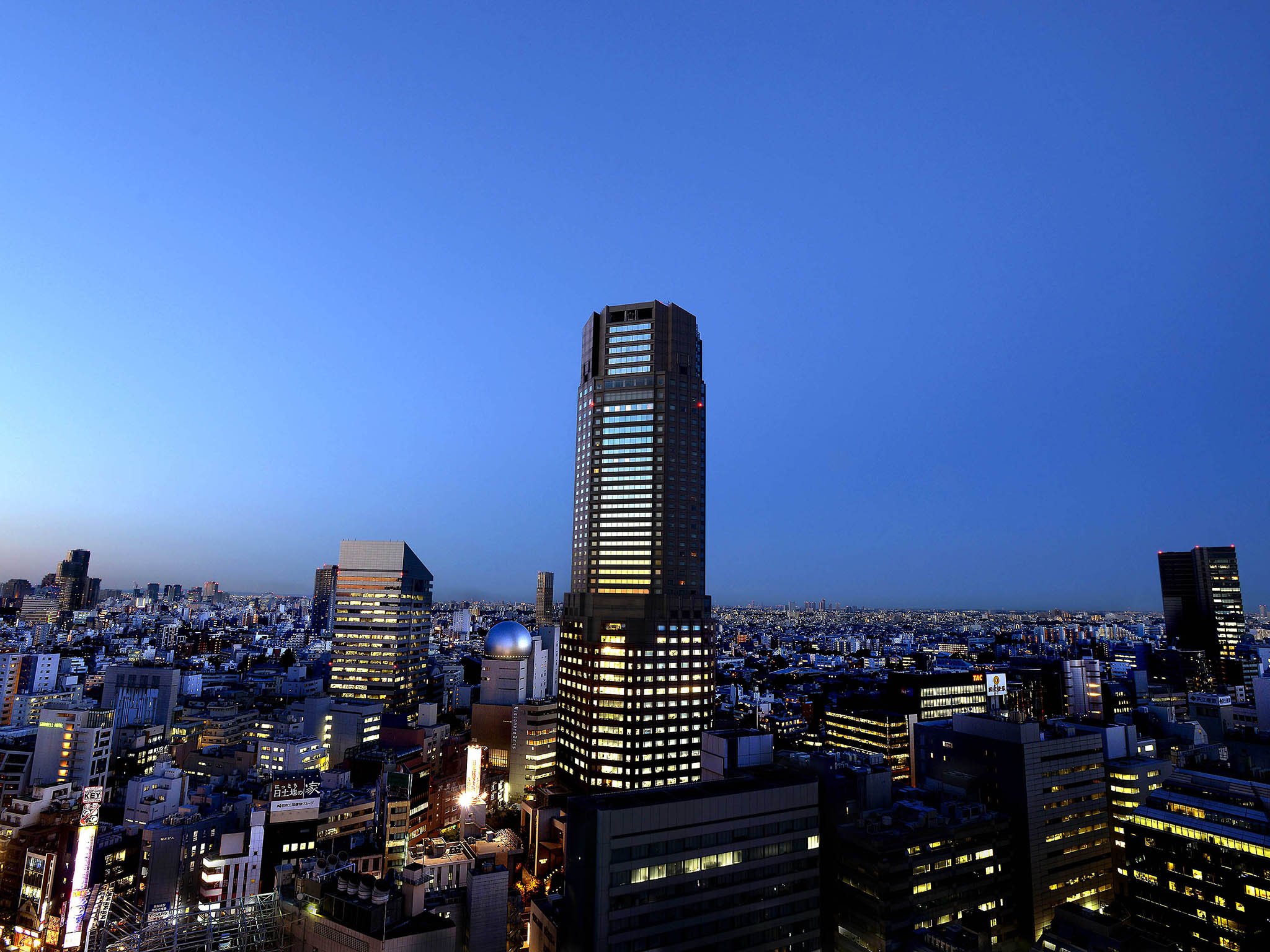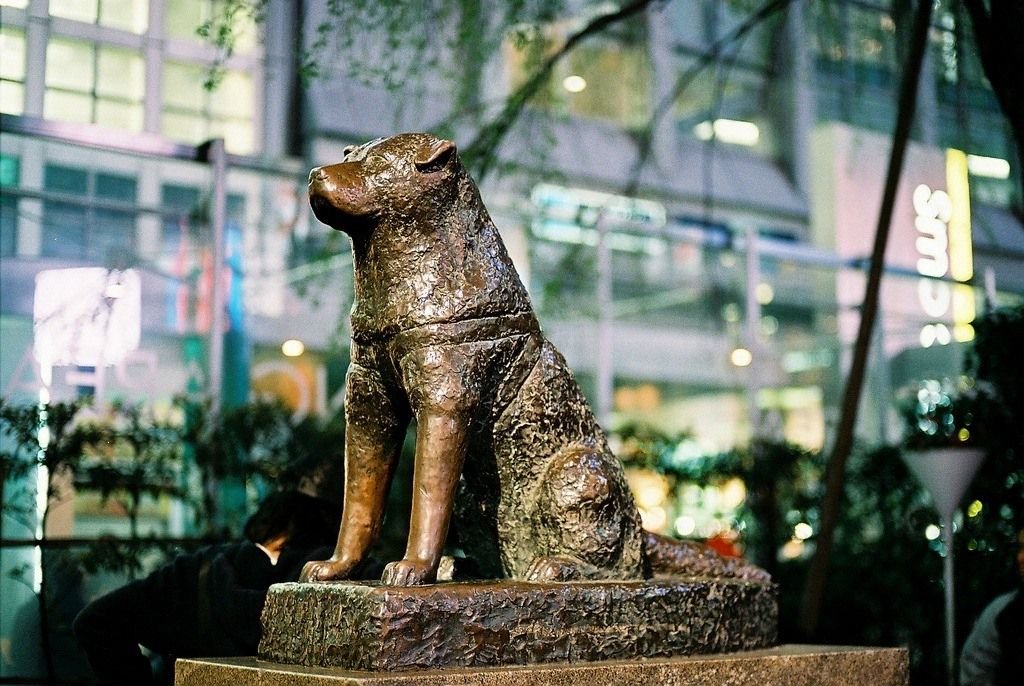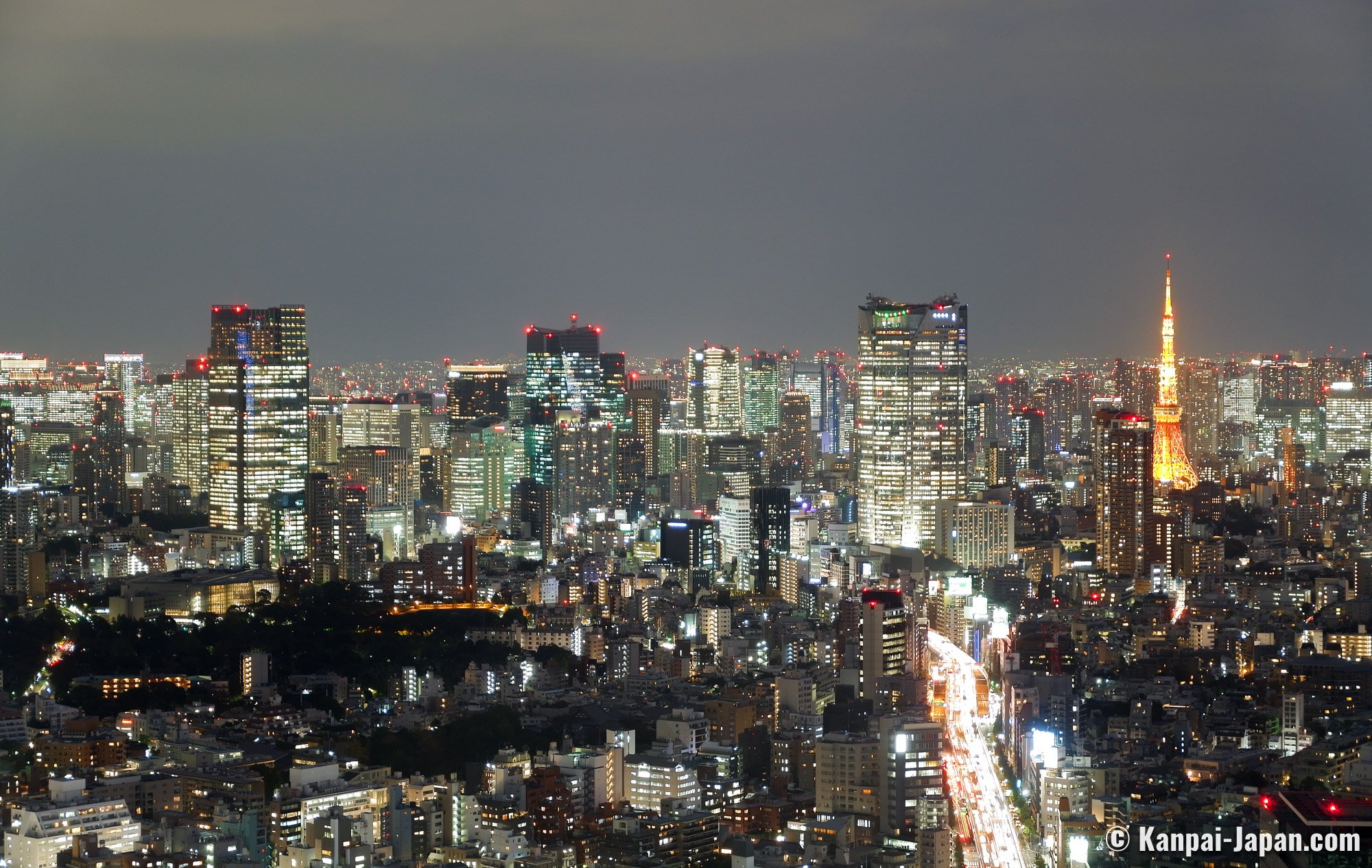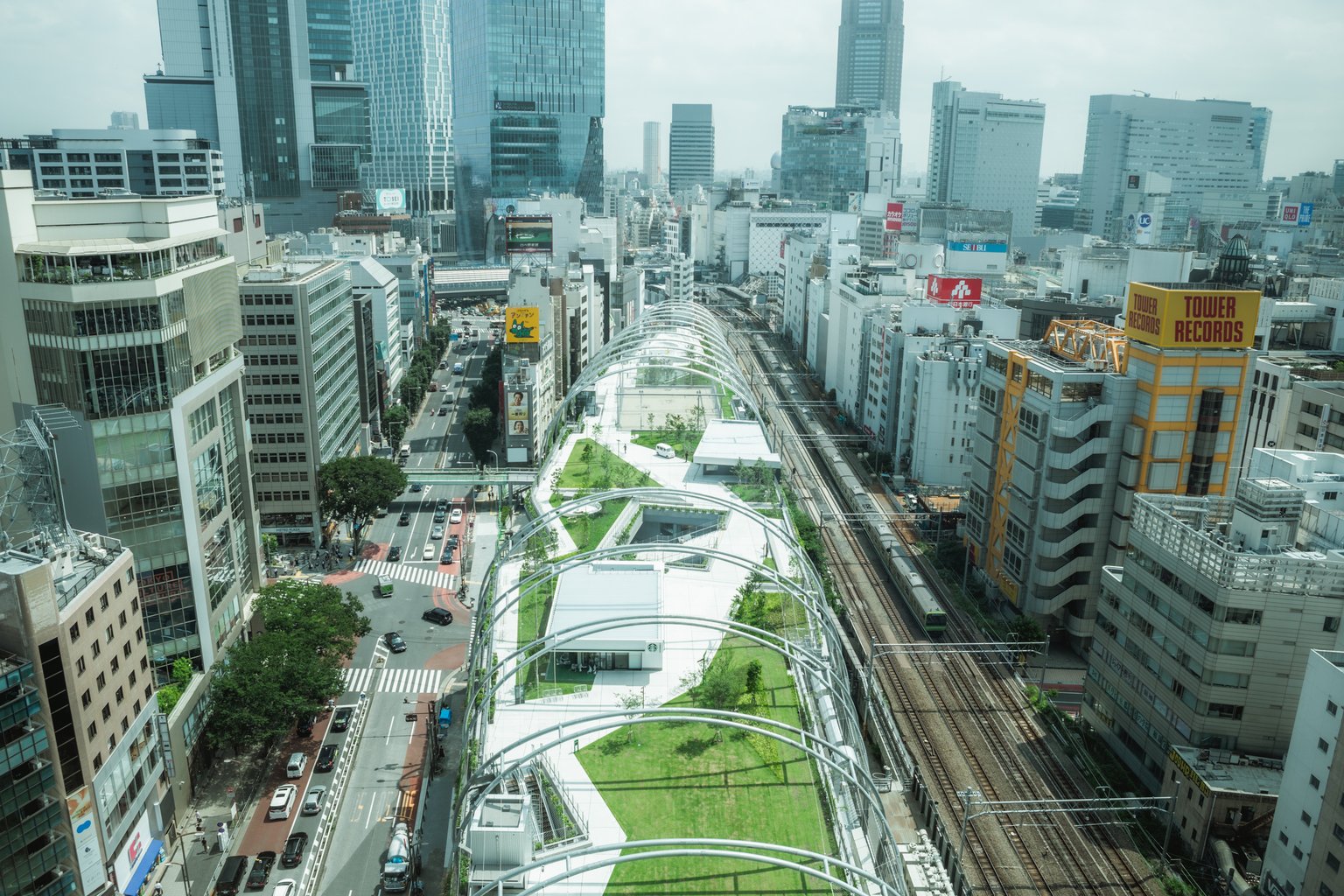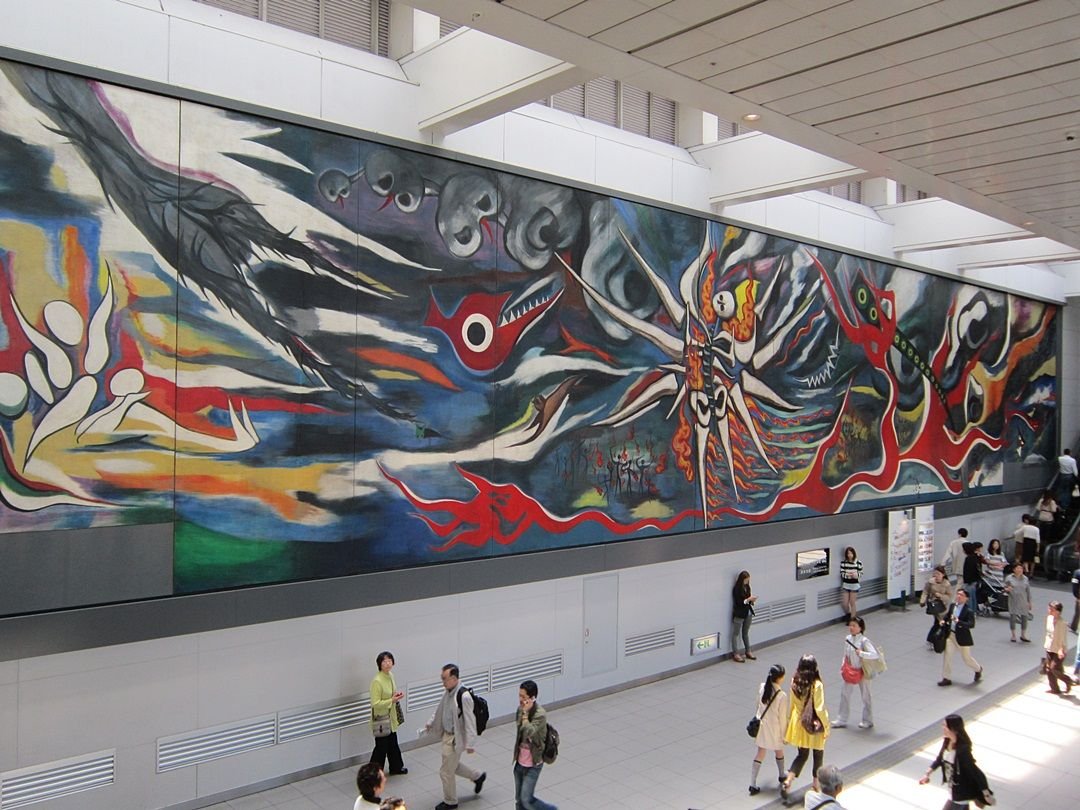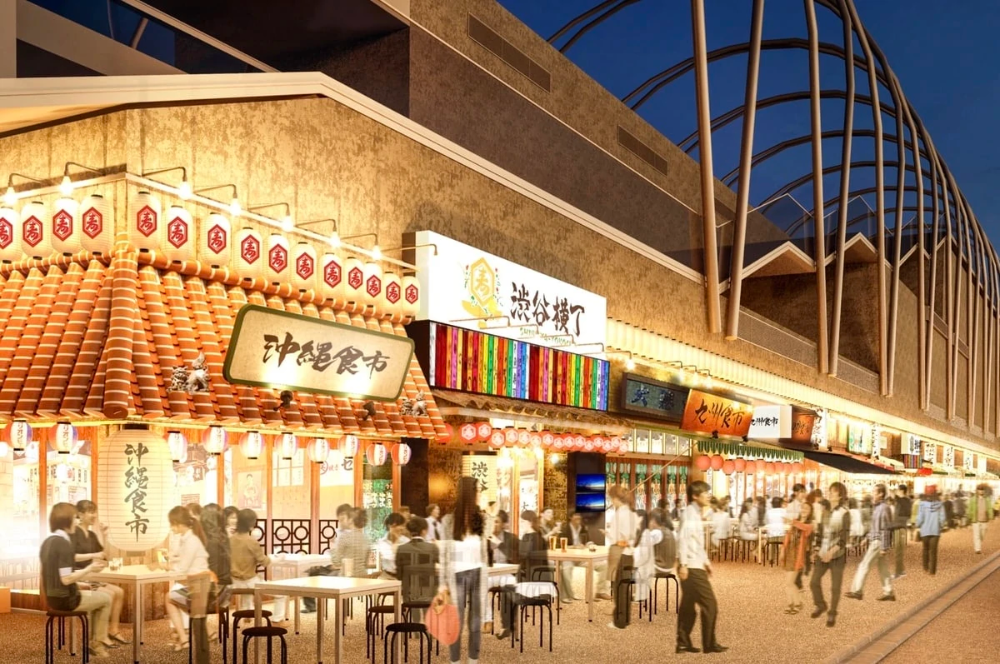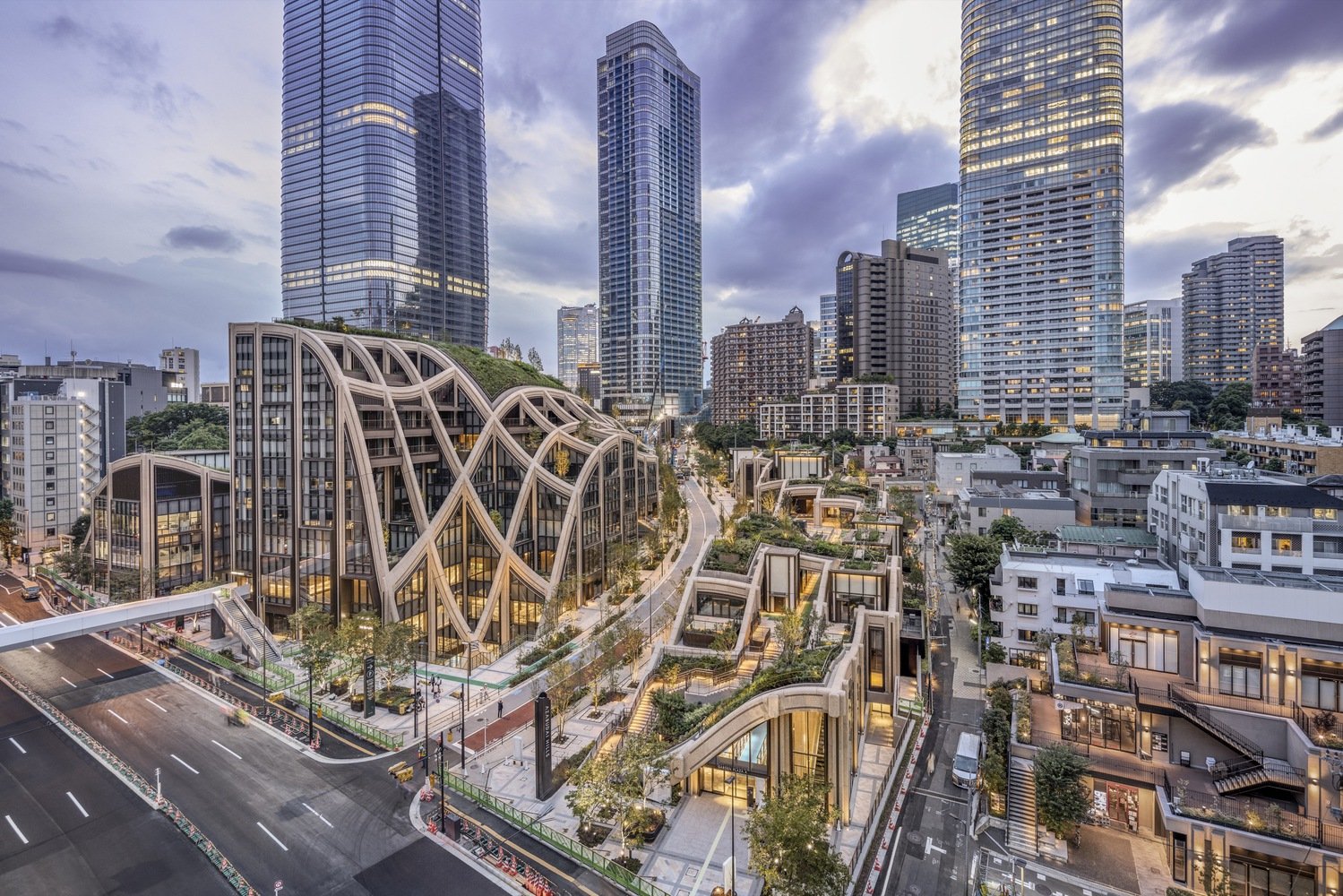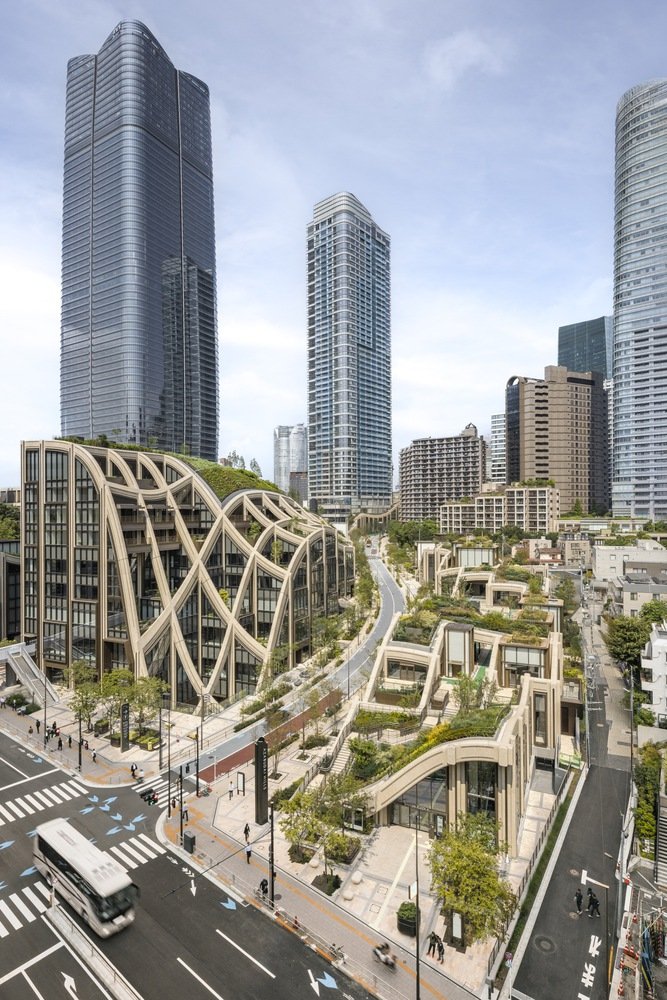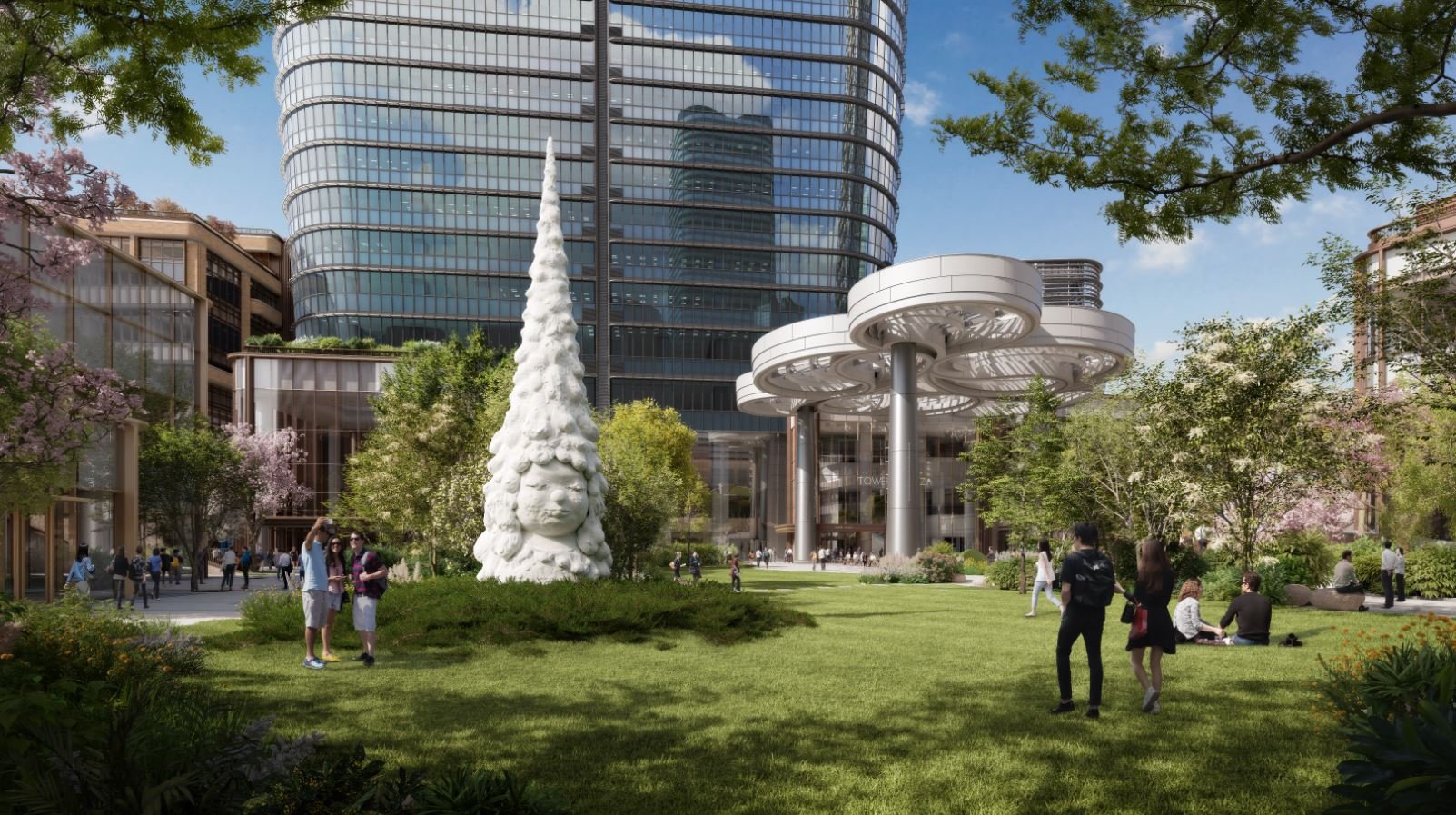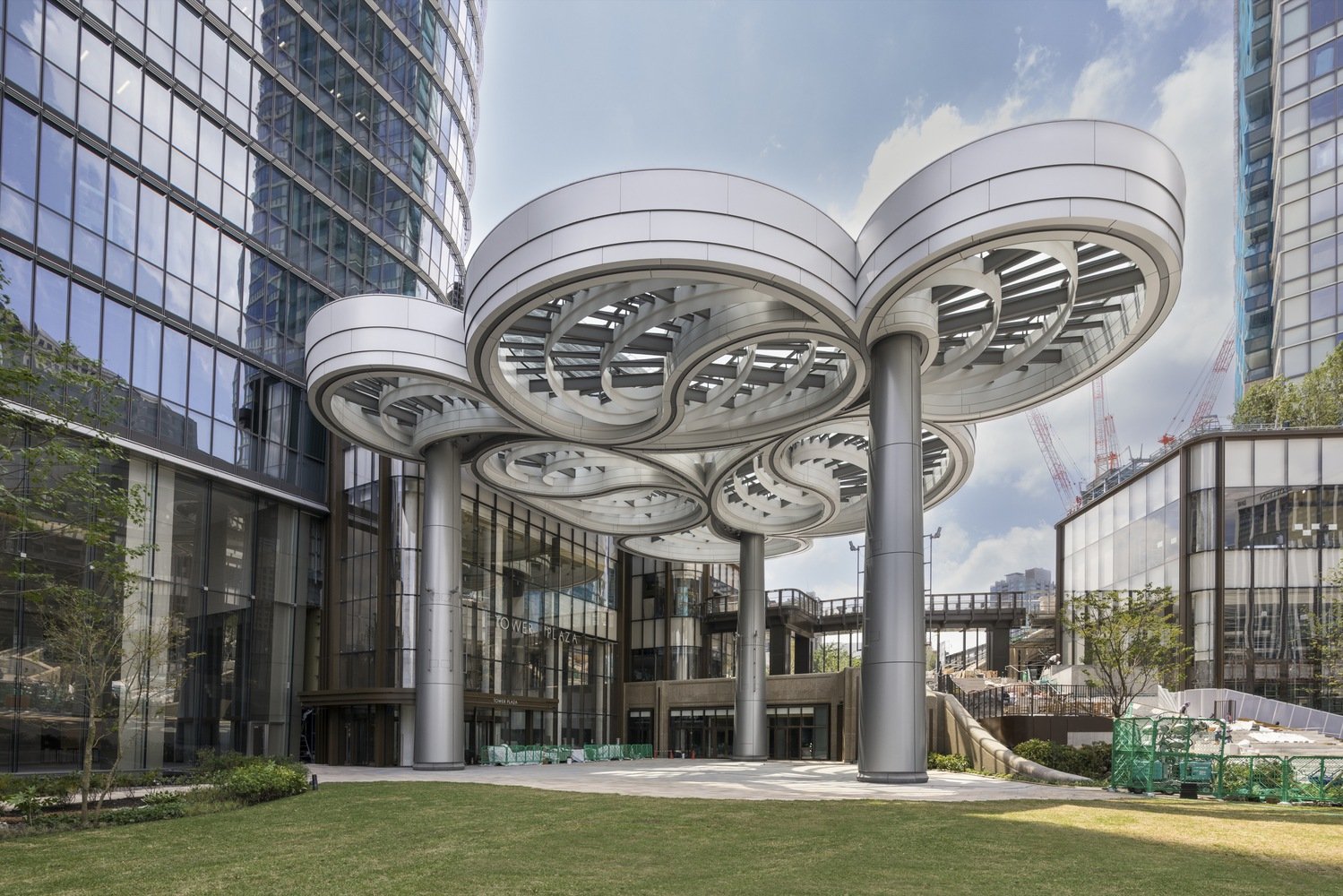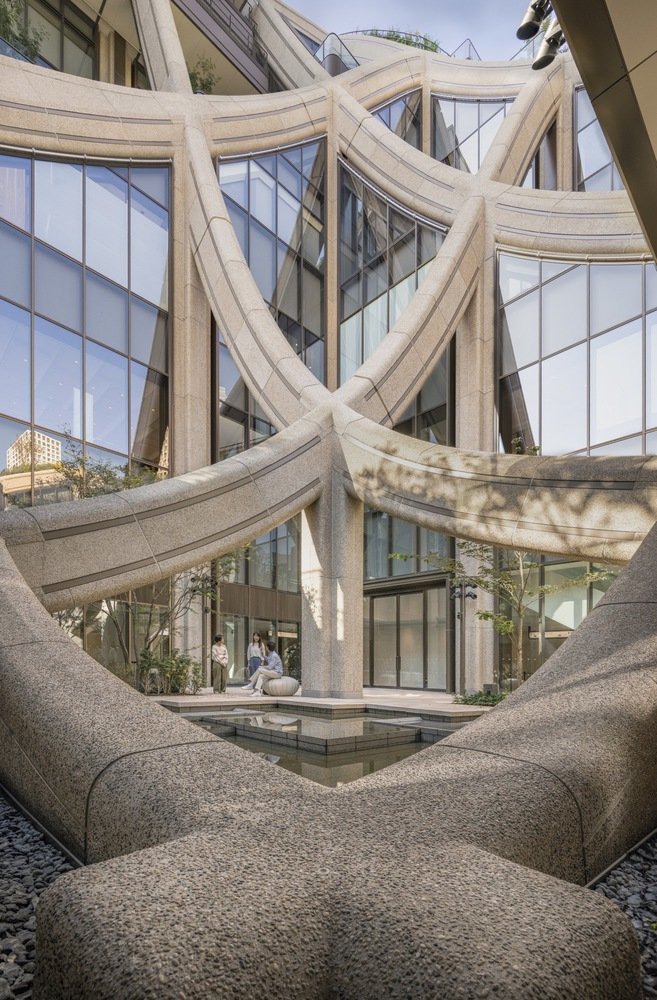(version 2023.12.02)Rare clear view of Mt Fuji from the Cerulean Tower Hotel’s Club Room
Immerse yourself in the nature and culture of Japan through the lens of art, architecture, design, cuisine, and gardens.
Our journey will start and end in the bustling capital of Tokyo, where we will immerse ourselves in art and nature as we visit sacred Shinto shrines, dazzling gardens, and bustling contemporary neighborhoods. Our journey continues with a visit to Benesse Art Site (Naoshima and other nearby destination “art islands”), home to a contemporary art hotel, unforgettable unique museums, and site-specific art. In the ancient capital of Kyoto, we will explore Buddhist monasteries to experience rock gardens, temple architecture, the way of tea, a traditional vegetarian lunch, an artist studio visit, and dinner at a private home with a performance by a “geisha in training.” Our final days in Tokyo focus on the vibrancy of new art and architecture. We’ll travel via taxi, private van, ferry boats, and trains, including the “shinkansen” bullet train.
The Japanese cherish nature, and our late March visit is the usual start of cherry blossom time -- the quintessential Japan seasonal celebration. We'll also visit rock- and strolling gardens, view ancient, modern, and contemporary renderings of the landscape, and learn how Japanese cuisine connects so strongly to the earth and sea. Culinary experiences include food shopping (in traditional markets, shops, and department stores), an elegant seasonal kai-seki banquet in a private home, a vegetarian shōjin ryōri Buddhist lunch at a temple, and more.
The 10-night/11-day immersion tour has been designed by and will be led by Mark Holzbach and Dana Friis-Hansen. Having lived in Japan for five years during the 1990s, and since then having organized exhibitions and written extensively about Japanese art, their insights, experiences, and insider connections will make this a once-in-a-lifetime travel experience. Our focus will include Japanese culture, artists, architects, food, and nature.
DRAFT ITINERARY (subject to updates)
DAY/NIGHT 1: MONDAY, MARCH 18: ARRIVAL IN JAPAN / TOKYO HOTEL
Welcome to Japan!
The rich variety of your Japanese experience commences as the jet coasts to the runway, with vistas of rice fields, temple compounds, the shoreline, residential neighborhoods, highway spirals, speeding trains, and bold and colorful signage. The moment your flight lands in Japan, the modern systems kick in, as you move through your Japanese International arrival Airport, with its efficient arrival formalities, and eventually to your reserved, private transfer that will bring you to your Tokyo hotel. As you are driving, start to take notice of the things many that make Japan unique.
For our first days in Tokyo, the tour will be based at the comfortable Hyatt Centric Ginza Tokyo Hotel (or similar), notable for its central location in the historic city center, now a hub of contemporary life, fusing cutting-edge architecture with traditional Japanese aesthetics. Please plan to arrive in Tokyo on this day—or consider arriving a day or two earlier to adjust to the time difference and get a head start exploring the joys of Japan. We will gladly arrange pre-tour activities based on your interests, for a modest fee.
In the early evening, we will gather in the hotel lobby for an optional “get-to-know-your-neighborhood” stroll; otherwise no official group activity is planned this day in order to allow you to acclimate to the new time zone after your long flight.
Hanami
Yozakura
A NOTE ABOUT THE CHERRY BLOSSOMS:
Spring is said to be the favorite season in Japan. The Japanese become stirred up in anticipation of the blossoming of the cherry trees, as it sweeps northward. Locals gather in parks, gardens, riversides and castle grounds to eat, drink, sing, and enjoy the dramatic explosions of pale pink which signals annual arrival of spring with a euphoric hanami [cherry blossom-viewing] party. The remarkably brief blossoming serves as a reminder of life, death, and renewal, and a signal to appreciate the ephemeral beauty of each moment. We will find this timeless floral symbolism throughout the Japanese art we will see, and while nature will determine the timing, during our trip we anticipate experiencing the glory of this natural and social phenomenon in a wide variety of settings, urban, rural, and coastal and time of day [Hanami at night is called yozakura].
DAY/NIGHT 2: TUESDAY, MARCH 19: TOKYO
Meiji Shrine
We gather in the hotel lobby and travel a short distance in a small fleet of reserved taxis. Our visit to the peaceful Meiji Shrine will serve as our introduction to Shinto, Japan’s ancient indigenous spiritual belief. Within the compound we’ll stroll dramatic tree-lined paths to the compound where we will likely see couples in kimono for weddings or blessings, priests preparing for ceremonies, and Japanese from across the country coming to visit this important monument.
We’ll continue on foot along the tree-lined Omotesando street, the “Champs-Elysees of Tokyo,” to see dramatic contemporary retail architecture and we will enjoy lunch at a nearby neighborhood restaurant.
Afterward, you can return to the hotel to rest,, or join us for other options. There will be free time to shop and explore together or on your own in Omotesando, with suggestions and assistance from your leaders. This is an especially lovely neighborhood for people watching, and for viewing cherry blossoms, if the timing is right…
Another option is to visit the Nezu Museum, renowned for its exquisite traditional Japanese art. The signature building, recently redesigned by architect Kengo Kuma, and the renowned Japanese strolling garden await our leisurely exploration.
After this immersion in Japanese traditions, we’re planning a celebratory welcome group dinner at a notable restaurant nearby.
DAY/NIGHT 3: WEDNESDAY, MARCH 20: TOKYO
Tokyo National Museum
This morning we will take taxis to the bustling district of Ueno, known for its important museums, a handsome park, an important transportation hub, and shopping, as well as its history as part of Tokyo’s shitamachi (“low city”), the historically working class area. We will head directly to the Tokyo National Museum, to be there when it opens.
Our visit will be focused on a “highlights tour” of Japanese cultural history at this tremendous museum, filled with masterpiece “National Cultural Treasures” from pre-history to early modern times. We will discuss a wide spectrum of objects, including prehistoric pottery, early Buddhist art, tea ceremony utensils, folding screens, calligraphy, lacquerware, ceramics, and ukiyo-e woodblock prints.
After lunch in Ueno, we may visit contemporary art galleries and museums in the colorful Roppongi district, including dramatic architecture, public spaces, museums, contemporary crafts, and high technology including 21_21 DesignSight, a cutting edge design museum conceived by Issey Miyake in a architecturally spectacular building designed by Tadao Ando.
Evening on your own (with recommendations).
DAY/NIGHT 4: THURSDAY, MARCH 21: ENOURUA, NAOSHIMA
Enoura Observatory
This morning, after an early breakfast, we’ll depart our hotel for a drive along the rugged coast of Sagami Bay to the town of Odawara when we’ll briefly visit the historic castle, then on to the Enoura Observatory, to see Japan through the eyes of artist Hiroshi Sugimoto. The noted photographer has shaped a very special experience of land, water, nature, and Japanese cultural objects which connect with his primary subject, time exposed.
After Enoura Observatory, a Shinkansen (bullet train) will whisk us to Okayama, passing by Mount Fuji, Kyoto, and Osaka along the way. From here we ride a bus, then a ferry, to Naoshima island, the base of the internationally-recognized, Benesse Art Site. We are staying at the Benesse Park Hotel, where every room has ocean and island views and original art. For the next two days here you’ll have time to explore the art in the hotel’s public spaces, the grounds, and the shoreline.
We will enjoy dinner together tonight at the Terrace Restaurant, Benesse Park Hotel.
DAY/NIGHT 5: FRIDAY, MARCH 22: NAOSHIMA MUSEUMS, ART HOUSE PROJECTS, AND OUTDOOR SCULPTURE
After our hotel breakfast, gather in the lobby for today’s art explorations on Naoshima Island. We start with the dramatic Chichu Museum, where works by James Turrell, Walter De Maria, and Claude Monet are featured in dazzling underground spaces.
The Lee Ufan Museum offers a dramatic installation of paintings and sculpture by the Korean-born artist who co-founded the “Mono-Ha” minimalist school. Dana will lead a tour of the many commissioned public artworks by a wide range of international artists installed across the landscape and within hotel buildings at the center of the island.
We’ll spend the afternoon exploring the Art House Project in Honmura Village, including works in re-purposed traditional buildings by Sugimoto, Turrell, Suda, Miyajima, Naito, and Senju. Some may want to have a relaxing soak at I Love Yu, Shinro Ohtake’s art installation that is also a public bathhouse.
We will return to the Benesse Park Hotel in the afternoon for a rest—or perhaps you might rent a bicycle for more exploring on your own. Our Naoshima farewell group dinner will be a modern version of kaiseki at the restaurant “Issen” inside the nearby Benesse House Museum where we will also enjoy viewing the impressive art collection.
DAY/NIGHT 6: SATURDAY, MARCH 23: TESHIMA and on to KYOTO
Teshima Art Museum
After breakfast we will check out and travel by private ferry to nearby Teshima Island, with its numerous commissioned site-specific art projects.
The most magical is the mesmerizing Teshima Museum, an immersive experience by artist Rei Naito and architect Ryue Nishizawa. Located in the corner of a hilltop rice terrace, this dome-like structure with openings to the sky was conceived to resemble a water droplet at the moment of landing.
After lunch, we’ll head for shore and another shinkansen, bound for Japan’s majestic former capital, Kyoto. Upon arrival, we’ll drop off our bags at the nearby The Thousand hotel, and head out to explore the city.
Our first stop will be to the exhibition, Takashi Murakami: Kyoto Mononuke Kyoto which explores the artist’s early exploration and appropriation of Japanese Pop culture and American Pop Art, and his more recent examination of Buddhism and Japanese traditional painting. For this show, the artist, who has been deeply inspired by Kyoto as a place and how its diverse forms of visual and performing arts are still very much alive and intermingle, will create several new bodies inspired by the city’s art history. [Dana is especially excited to see this show with you, as he has followed the artist since 1992, and co-curated his first American survey in 1999.]
After hotel check-in and a short break, we’ll head out for the evening for yozakura, or cherry blossom viewing at night, starting at Kiyomizu Temple. A renowned site founded in 780, its name derives from the pure waters of the neighboring waterfall. Noteworthy is the wooden stage, extending 13 meters from the main hall, providing breathtaking views of the city.
We will celebrate our arrival to Kyoto with the chef’s dinner at The Sodoh Higashiyama restaurant, serving Italian cuisine with a sophisticated Japanese spin, in a lovely 1920s home of a noted author, surrounded by atmospheric grounds filled with lush greenery and serene water features.
DAY/NIGHT 7: SUNDAY, MARCH 24 : KYOTO
Ryoan-ji
This morning we will try to be among the first visitors to Ryoan-ji Temple, a UNESCO World Heritage Site. Built in the late 15th century, it is renowned for its iconic rock garden and its influence on the development of Zen Buddhist gardens throughout Japan and the world. We encourage you to take a moment to sit on the deck, gaze upon the rocks, let your mind wander, and allow yourself to be fully present in this moment.
For a completely different Zen temple experience, our next stop is Kinkaku-ji, or the Temple of the Golden Pavilion, with its top two stories covered in gold leaf. Built in 1397 as a retirement villa for a powerful statesman, is now a Zen temple complex, bordered by a prime example of a Muromachi-period strolling garden.
We continue to Daitokuji (Temple of Great Virtue), another notable site where the unique architecture and garden provide the platform for an experience of the Way of Tea, guided by the delightful temple Abbott Maeda. After a Zen style shojin-ryori (Buddhist vegetarian) lunch and garden visits, we’ll return to our hotel for a break.
This afternoon and evening will be left open to respond to opportunities and interests, either with the guides or on your own. We encourage you to return to explore, shop, and dine in some of the fascinating areas of Kyoto we’ve already visited, or to investigate new neighborhoods. Dinner is on your own (We can help with suggestions).
DAY/NIGHT 8: MONDAY, MARCH 25: KYOTO
Sanjusangendo
Our first stop will be the remarkable Sanjusangen-do Temple, originally built in the 12th century. It houses 1001 identical carved wooden statues of Kannon, the Buddhist Goddess of Mercy, each adorned with twenty arms. An expression of the beliefs of “Pure Land Buddhism,” it explores the concept of infinite time and boundless capacity of the Kannon. In this space Hiroshi Sugimoto created a 48-image series, Sea of Buddha.
We continue our morning journey at Ginkaku-ji temple, or Silver Pavilion (but no silver leaf!). With its moss covered gardens, bamboo groves, and richly sculpted dry-sand garden, Ginkaku-ji stands as a testament to the intrinsically Japanese aesthetic of wabi-sabi, and lives up to the phrase “simple is beautiful.” Built in1482 by Shogun Ashikaga Yoshimasa (grandson of Ashikaga Yoshimitsu, builder of Kinkaku-ji/The Golden Pavilion), Ginkaku-ji was originally a retirement villa from which Yoshimasa propagated a surge of cultural pursuits that would later be referred to as “Higashiyama Culture.”
From there we will stroll along the narrow canal of The Philosopher’s Path, noted for its dramatic cherry blossoms, as it winds through the northern Higashiayama district to the neighborhood of Nanzenji. We’ll enjoy a delicious lunch at a traditional udon noodle shop in the area. We will head back to the hotel for a break, or time for shopping or exploring more of Kyoto on your own.
Maiko private home performance and Q & A
In the early evening we’ll head to the edge of the city for an immersion in contemporary and traditional art, architecture, cuisine, and geisha culture at the home and studios of our guide Masa Fujiwara, an architect and tea master, and Sarah Brayer, a renowned American Japanese paper (washi) artist. After a studio visit and tour of the garden, tea house, and home, we will enjoy an introduction to Kaiseki cuisine made with fresh, seasonal ingredients. We will be joined by a Maiko (young Geisha-in-training) to perform and speak with us about her traditional training and life.
DAY/NIGHT 9: TUESDAY, MARCH 26: KYOTO to TOKYO
After our hotel breakfast and check out this morning, we will board the shinkansen and return to Tokyo’s Shibuya district, our home for the final few days of the tour. We’ll stay at the 5 star Cerulean Tower Tokyu Hotel, a dramatic hotel with an eclectic, modern atmosphere, great views, and club lounge access included for our group. It is ideally located in the center of the vibrant Shibuya neighborhood, one of Tokyo’s most storied shopping and leisure districts.
Our time here will start with a walking tour of the neighborhood’s key historical sights, newest architecture, public art, and shopping highlights, before we enjoy lunch at a streetside cafe. We’ll offer options for museums and gallery visits we haven’t yet seen, including the Tokyo Museum of Contemporary Art, the National Musuem of Modern Art, Tokyo Museum of Photography, the Suntory Museum, Watarium, among others.
DAY/NIGHT 10: WEDNESDAY, MARCH 27: TOKYO
Today we will head to one of the newest destinations for art and architecture, Azubudai Hills district, a “modern urban village” designed by Pelli, Clarke & Partners architects, and Heatherwick Studio and featuring public art by Yoshitomo Nara, Zhan Wang, and Yutaka Sone. We’ll learn about the design principles of this mixed-use destination, and how it relates to the history of Tokyo.
Experimental art plays a key role in the vision for Azubudai Hills. In February 2024, teamLab, an interdisciplinary group consisting of artists, programmers, designers, and scientists founded in Japan in 2001, will launch a re-imagined, expanded version of one their most acclaimed projects, Borderless at the relocated Mori Building Museum of Digital Art. It will be fun to explore the immersive, three-dimensional digital works together and consider how their unfolding images relate to other Japanese art we’ve seen already.
We’ll also make time to visit A harmonious cycle of interconnected nows, an Olafur Eliasson solo exhibition featuring geometric sculptures, cracking lines of light and water, and other installations that will inaugurate the district’s new gallery.
To celebrate our last night together we’ll enjoy sunset at the Shibuya Sky Observation Deck, with its dramatic vistas of Tokyo and its surroundings…and maybe even Mt. Fuji!) and then head off to a festive dinner together.
DAY 11: THURSDAY, MARCH 28: DEPART JAPAN (or extend your visit)
The tour ends after our hotel breakfast this morning. We will arrange your airport transfer according to your flight schedule. Please ask if you are interested in options for extending your time in Japan (e.g. an additional night or two in a traditional Japanese ryokan, or a temple stay.)
Please Note:
The itinerary is a sample and is subject to change. The final schedule will be determined approximately 30 days prior to departure to allow for the inclusion of special exhibitions, visits, and events and are dependent on the schedules of our Japanese colleagues, current museum and gallery shows, and opportunities which may arise. In the event that a requested visit is not available, a similar visit will be substituted. A final itinerary will be sent to all participants about three weeks prior to the tour departure.
Japanese cuisine, both traditional and contemporary, is unique and a key part of this trip. We will do our best to accommodate allergies and other food preferences, however we regret that we cannot provide gluten-free, vegan, or fish-free meals. If you have other food restrictions, please inquire.
What’s included:
10 nights hotel accommodation in the hotels listed or similar level
All breakfasts included, lunches and dinners as indicated
Admissions to museums, gardens and temples
Local transportation as described in itinerary: airport transfers, local taxis, charter buses, trains (first class), private boats
Services of guides and experts
We strongly recommend coming at least one day early to recover from the long flight and adjust to time zone and have a little extra time to explore, or stay longer at the end to deepen the experience. Tiny World Tours can arrange pre-trip and post-trip accommodations and local experiences based on your interests.
Tour Cost: $10,500
Tour Design: Tiny World Tours (Mark & Dana) with local Japanese collaborators
Tour Leader: Tiny World Tours (Mark & Dana) with local Japanese collaborators
* If you are a single traveler desiring your own private room, and/or if you’d like a hotel room upgrade please inquire about availability and costs. Our estimated single private room additional cost is $2,500 (if available).
If you’d like to be added to the waiting list for this tour (or inquire about possible similar future and/or custom bespoke tours), please click here to email Mark at info@tinyworldtours.com
